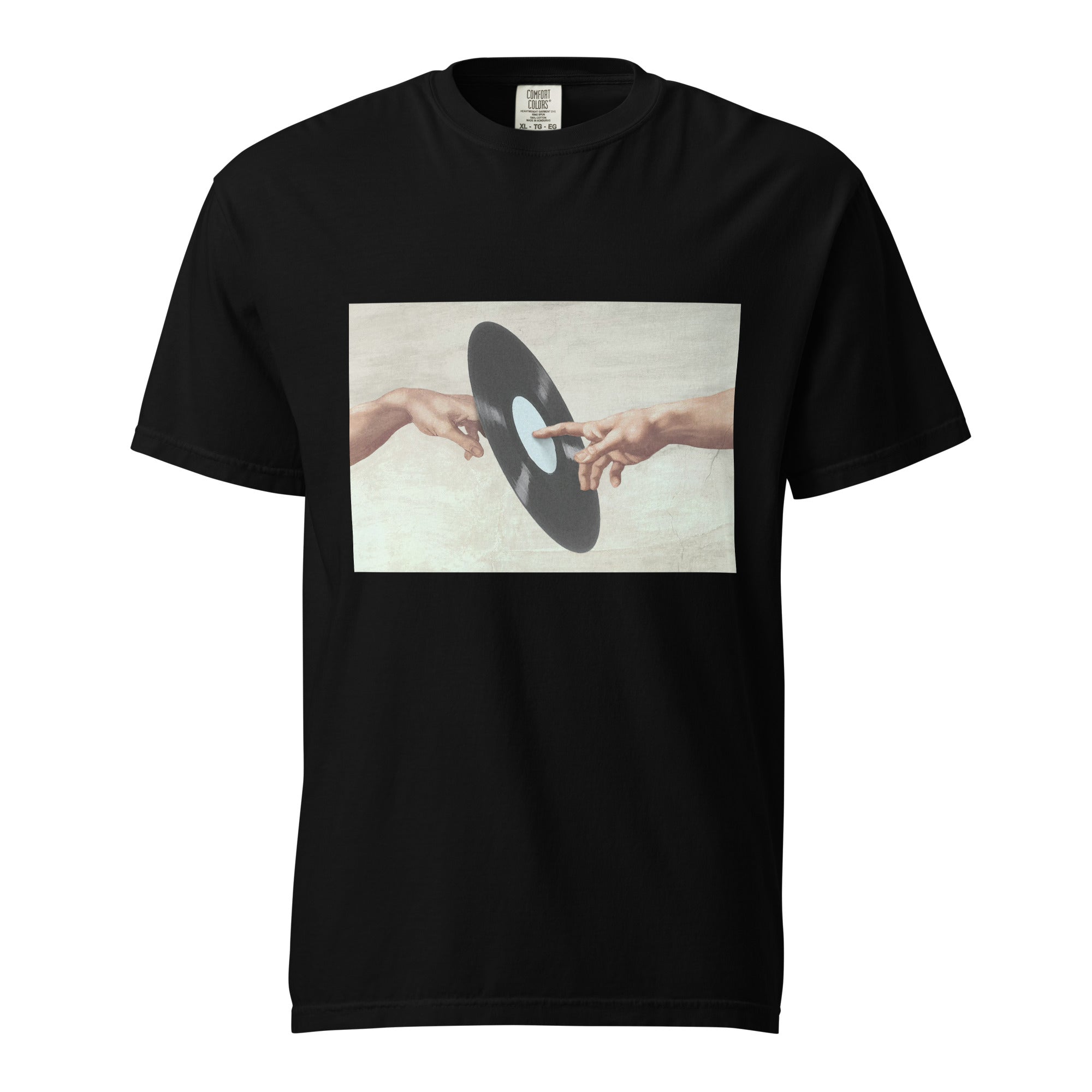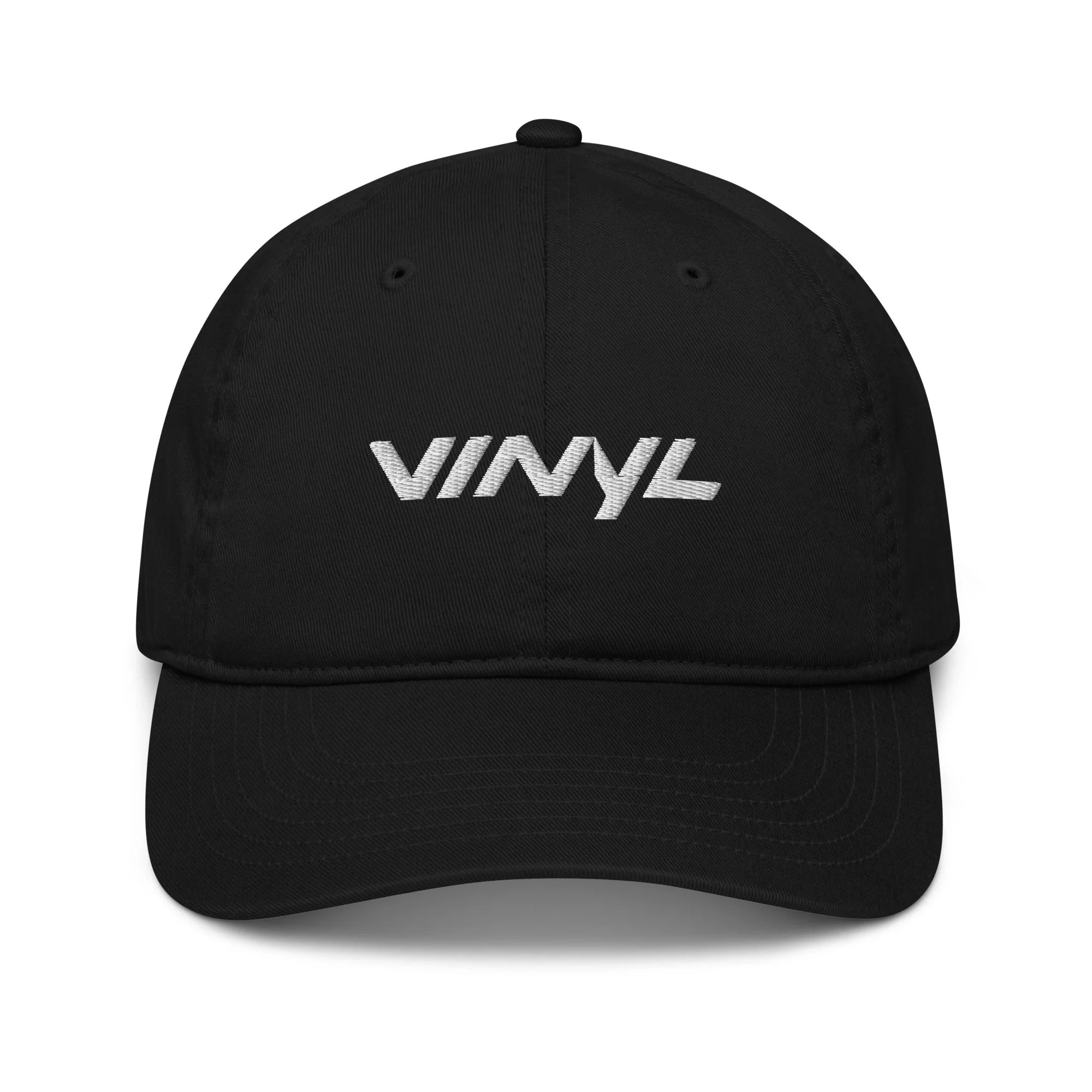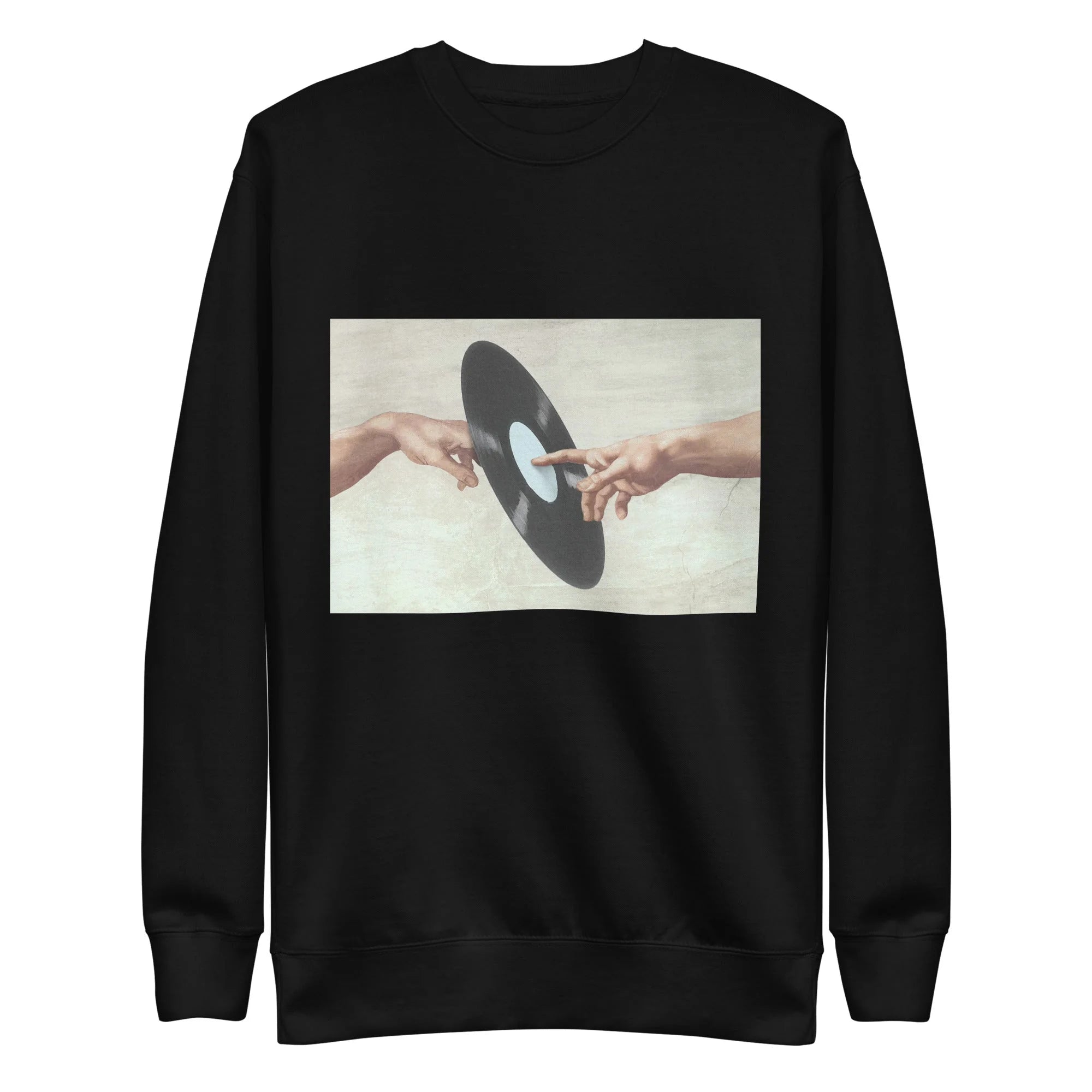Welcome to the enchanting world of vinyl collection, where every record holds a story waiting to be discovered and cherished. We delve into the sentimental journey that collecting vinyl takes us on, highlighting the profound connection between music, memories, and the tangible art that vinyl embodies. Join us as we explore the warm, crackling soundscapes of vinyl records, reminisce about the thrill of the hunt for that rare piece, and share insights into making your collection truly one of a kind. Whether you're a seasoned collector or new to the vinyl scene, there's something magical here for everyone.
The Nostalgia and Joy of Vinyl Collection
Vinyl is about memories, history, and a tangible connection to art. Let's reminisce about the sentimental journey that a vinyl record offers and the thrill it evokes.
A Journey Back in Time
To say that vinyl records are simply a medium for music would be an understatement. They are tangible links that connect listeners to a rich musical past. Every time that needle drops and the record begins to spin, listeners are enveloped in a unique warmth and the comforting crackle, an auditory experience that digital platforms can never truly emulate. Holding a vinyl record in your hands is akin to cradling a fragment of musical history. It serves as a direct portal, transporting you back to eras gone by and allowing you to relive the sonic legacy of yesteryears.
The Thrill of the Hunt
For those who delve into the world of vinyl collection, the adrenaline rush is twofold. There's the joy derived from the music itself, and then there's the exhilarating chase of tracking down a rare find. Be it a sought-after first pressing that has eluded many or a limited special edition from an adored artist, discovering the best place to buy vinyl records becomes a personal journey steeped in mystery and excitement. And as the vinyl-collecting sphere continues to evolve with the proliferation of online platforms, the quest for the next prized possession intensifies, making the hunt an endlessly enthralling adventure.

Key Considerations for Vinyl Enthusiasts
Venturing into the world of vinyl collecting is an exciting and rewarding endeavor that requires more than just a passion for music; it demands a keen eye for detail and an understanding of what makes each record unique and valuable. For enthusiasts, whether you're just starting your collection or looking to add rare finds, here are key considerations to keep in mind:
- Understanding Rarity: Rarity is a key driver of a record's value and desirability. A vinyl's rarity can come from several factors, such as limited pressings, which are often produced in small numbers to create exclusivity, promotional versions that are not available for general sale, or region-exclusive releases that were only available in certain parts of the world. These records can be particularly hard to find and often carry significant historical or artistic value, making them highly sought after by collectors. Finding such rarities requires diligence, a good network of fellow enthusiasts, and sometimes a bit of luck.
- Recognizing Quality Pressings: The quality of vinyl pressing is paramount for collectors. First pressings are typically sought after for their authenticity and potential historical significance, as they were the first to be produced upon an album's release. The quality of these pressings, influenced by the label's reputation and the mastering process, can significantly impact the listening experience, offering a depth and warmth that may be lost in later pressings. Identifying a high-quality pressing involves understanding the nuances of vinyl production and often knowing the specific identifiers that denote first or superior pressings.
- Evaluating the Condition: When purchasing vinyl, especially online, the condition of the record and its sleeve is crucial. Vinyl grading scales, such as Mint, Near Mint, or Good, offer a standardized way of assessing a record's physical state. However, these grades don't always capture the full story, especially when considering the sleeve and cover condition. A vinyl may play perfectly, but comes in a sleeve that shows significant wear, affecting its overall collectibility and value. Thoroughly inspecting photos or descriptions of the item, or asking the seller for more information, can help ensure you know exactly what you're adding to your collection.
- Researching the Seller's Reputation: The internet has made it easier than ever to find and purchase rare vinyl records, but it's also brought challenges, particularly in ensuring the authenticity and quality of what you're buying. Before making a purchase, it's essential to research the seller's reputation. Look for feedback from previous buyers to measure their reliability, the quality of their products, and their level of customer service. Be wary of sellers with consistently negative reviews or those who are reluctant to provide detailed information about their records. A reputable seller is key to a satisfactory vinyl transaction.
Armed with the right knowledge and a keen eye, collectors can navigate the vast world of vinyl to uncover treasures that not only enhance their collection but also deepen their appreciation for the art of music. It's about understanding the stories behind each piece, recognizing the factors that contribute to a vinyl's value, and ensuring that what you add to your collection meets your criteria for rarity, quality, and condition.
Negotiation and Acquisition Strategies
Securing rare vinyl records often rests on effective negotiation and relationship-building with sellers. When approaching a purchase, start by respectfully inquiring about the record’s history and condition, which demonstrates genuine interest and can foster trust. Don’t hesitate to negotiate the price, especially if you notice flaws politely or if the record has been listed for a while. Sellers are sometimes open to reasonable offers, particularly from buyers who show knowledge and enthusiasm. Building rapport with local record store owners or regular online sellers can yield long-term benefits; loyal customers are often tipped off about new arrivals or given first pick on rare finds. Consider package deals when buying multiple records, as sellers may be more flexible on pricing. By combining patience, respectful negotiation, and ongoing relationships, collectors can stretch their budgets further and increase their chances of acquiring those elusive gems.
The Advantages of Online Vinyl Shopping
Online platforms have transformed the way we collect vinyl. From ensuring authenticity to getting the best deals, explore the various benefits of digital vinyl shopping.
Where to Find Rare Vinyl Records
Finding rare vinyl records often means exploring a variety of sources and methods. Local record shops remain timeless havens for hidden gems, offering personal interactions and the thrill of crate digging. Online marketplaces open up global access, letting collectors browse countless listings and use filters to pinpoint elusive finds. Record fairs and conventions provide opportunities to network and discover unique selections from multiple vendors in one place. Specialty stores, often focused on specific genres or eras, can yield curated treasures. Don’t overlook unconventional sources. Thrift shops, garage sales, and estate sales sometimes hide unexpected rarities at bargain prices.

Authenticity Checks
While the nostalgic charm of browsing through physical record stores holds its allure, the realm of vinyl records online shopping has introduced an array of tools that contribute to the assurance of a record's authenticity. These digital platforms offer more than just a glimpse into the vinyl's cover; they provide meticulous descriptions, high-resolution images, and often, snippets of audio samples. This amalgamation of visual and auditory cues grants prospective buyers a comprehensive insight into the record they are considering purchasing. The ability to not only see but also hear a portion of the music encapsulated within the grooves adds a new layer of confidence to the online shopping experience.
Price Comparisons
The way we shop has undergone a profound revolution. In the context of purchasing vinyl records, the internet has given us the power to effortlessly compare prices. No longer do enthusiasts need to rely solely on intuition or limited local options; instead, dedicated websites have emerged as invaluable tools for price comparison.
These platforms empower buyers to ascertain whether they are securing the best place to buy records, facilitating the identification of the most suitable and cost-effective sources. The era of blindly overpaying is being gradually replaced by an era of informed decision-making.
Shipping Considerations
When purchasing records online, shipping is a critical factor that significantly influences the condition of your purchase upon its arrival. Proper shipping practices ensure that the records not only reach you safely but also maintain their aesthetic and auditory integrity. Here are detailed considerations to keep in mind:
- Select Sellers Who Use Secure and Protective Packaging: Choosing sellers who prioritize secure and protective packaging is crucial to safeguarding your records during transit. This involves more than just wrapping the record; it includes using sturdy mailers, additional padding, and waterproofing measures to protect against drops, shocks, and environmental factors. Sellers who invest in quality packaging materials demonstrate their respect for the product and their customers, significantly reducing the risk of damage en route to you.
- Consider Shipping Costs and Estimated Delivery Times: Shipping costs and delivery times are important considerations in the purchasing decision. High shipping costs can significantly increase the overall price of the record, making it essential to balance cost with the speed and safety of delivery. Moreover, estimated delivery times can vary widely, and longer waits might test your patience. However, a seller providing clear, realistic shipping timelines and options for expedited shipping can make the waiting process more bearable and planning easier.
- Patience Might Be Required While Waiting for Your Prized Record to Arrive: Anticipation can build excitement, but waiting for a highly sought-after record can test one's patience. Understanding that quality shipping—a process that ensures your record arrives in immaculate condition—might take time is crucial. This period of waiting is a testament to your commitment to quality and can enhance the appreciation of the record once it arrives.
Understanding these aspects of shipping when buying records online highlights the intersection between logistics and passion. Ensuring your records are shipped with care not only protects your investment but also enhances your enjoyment and appreciation of vinyl, making every purchase a meaningful addition to your collection.
Diverse Selections
The digital landscape has bestowed upon collectors an expansive realm of musical exploration. Within the domain of vinyl records online stores, enthusiasts can revel in an unprecedented breadth of genres, artists, and releases. From the sultry melodies of jazz to the electrifying rhythms of rock and even the avant-garde allure of experimental tunes, these online platforms transcend geographical boundaries. This global connectivity allows collectors to uncover hidden gems and unearth releases from corners of the world that might have remained unexplored in a purely physical shopping experience. The internet has not only expanded the catalog but also enriched the journey of discovering and curating a diverse vinyl collection.
Building and Managing a Collection
Building a vinyl collection that is both diverse and valuable requires intentional strategy, thoughtful budgeting, and a willingness to adapt as trends evolve. Start by defining your collecting goals and let these interests guide your acquisitions. Strategic collecting means balancing personal taste with an eye toward records that hold or increase in value, such as limited editions, original pressings, or albums with historical significance. To avoid overspending, set a realistic budget for your collection and prioritize purchases based on rarity, demand, and your own collecting priorities. Allocating a monthly or yearly spending limit helps ensure your collection grows steadily without causing financial strain. Additionally, staying informed about shifts in the vinyl market is essential. Trends can influence which records become sought after, so regularly explore new releases, reissues, or emerging genres that may gain popularity. Embrace the evolving landscape by being open to new artists or styles, and don’t hesitate to step outside your comfort zone occasionally.
Caring for and Preserving Rare Vinyl Records
Proper care is essential for preserving the condition and value of rare vinyl records. Store records vertically in a cool, dry environment away from direct sunlight to prevent warping and fading. Use high-quality inner and outer sleeves to protect against dust and scratches. Clean records regularly with a carbon fiber brush or a gentle cleaning solution, and always handle them by the edges to avoid fingerprints and oils that can degrade sound quality.
Networking and Community Engagement
There are benefits of connecting with other collectors through forums, social media groups, conventions, and in-person meetups to share knowledge and discover rare finds.

Research and Knowledge Building
Conducting research, utilizing resources like books, guides, forums, and networking with other collectors, enhances one's ability to identify and find rare records. The vinyl community stands out not just because of its immense size, but also because of the unwavering support members offer one another. When you immerse yourself in forums or online groups dedicated to this passion, what you're accessing is a vast reservoir of collective wisdom and experience. This shared knowledge goes beyond casual conversations.
It's where enthusiasts passionately divulge their well-guarded secrets about the best online record store or how to meticulously care for and improve one's ever-growing collection. The camaraderie in this community is a testament to the idea that when individual wisdom is pooled, it becomes an invaluable resource.
Swap Meets and Community Sales
Engaging face-to-face, whether through traditional in-person meetings or the evolving world of virtual meetings, is a cornerstone for fostering genuine, lasting connections among vinyl collectors. These gatherings go beyond the mere exchange of records; they act as a vibrant platform for storytelling, where each album's history, from its production nuances to personal anecdotes associated with its discovery, is shared. It’s in these details that connections deepen, as collectors not only exchange physical items but also share parts of their personal journeys and musical tastes. Moreover, these meetings often feature listening sessions, where attendees experience music together, further solidifying their bond through shared auditory experiences.
Additionally, these interactions in the vinyl-collecting community often give rise to collaborative opportunities and the spread of knowledge. Seasoned collectors can offer insights into the art of preserving vinyl, grading its condition, and even tips on enhancing one's collection through rare finds. For newcomers, this knowledge is invaluable, effectively bridging the gap between generations of collectors.
As we've journeyed through the grooves of vinyl collection, from the tactile allure of record shopping to the digital expanses of online discovery, it's clear that this hobby offers more than just music. It provides a gateway to history, community, and artistry. The vinyl record, with its rich sound and storied past, remains a testament to the enduring power of physical media in a digital age. Whether you're a veteran of the vinyl scene or just beginning to explore this fascinating world, remember that each record you collect adds a unique chapter to your musical narrative. Discover timeless albums, rare pressings, and the joy of analog sound at Vinyl.com. So, let the needle drop, embrace the crackle, and let the stories within these records inspire and transport you to realms both new and familiar.

![Various Artists - Once Upon A Time: The Tarantino Sound [Red 180-Gram]](http://vinyl.com/cdn/shop/files/4376720-3283530.jpg?v=1733870948&width=5760)
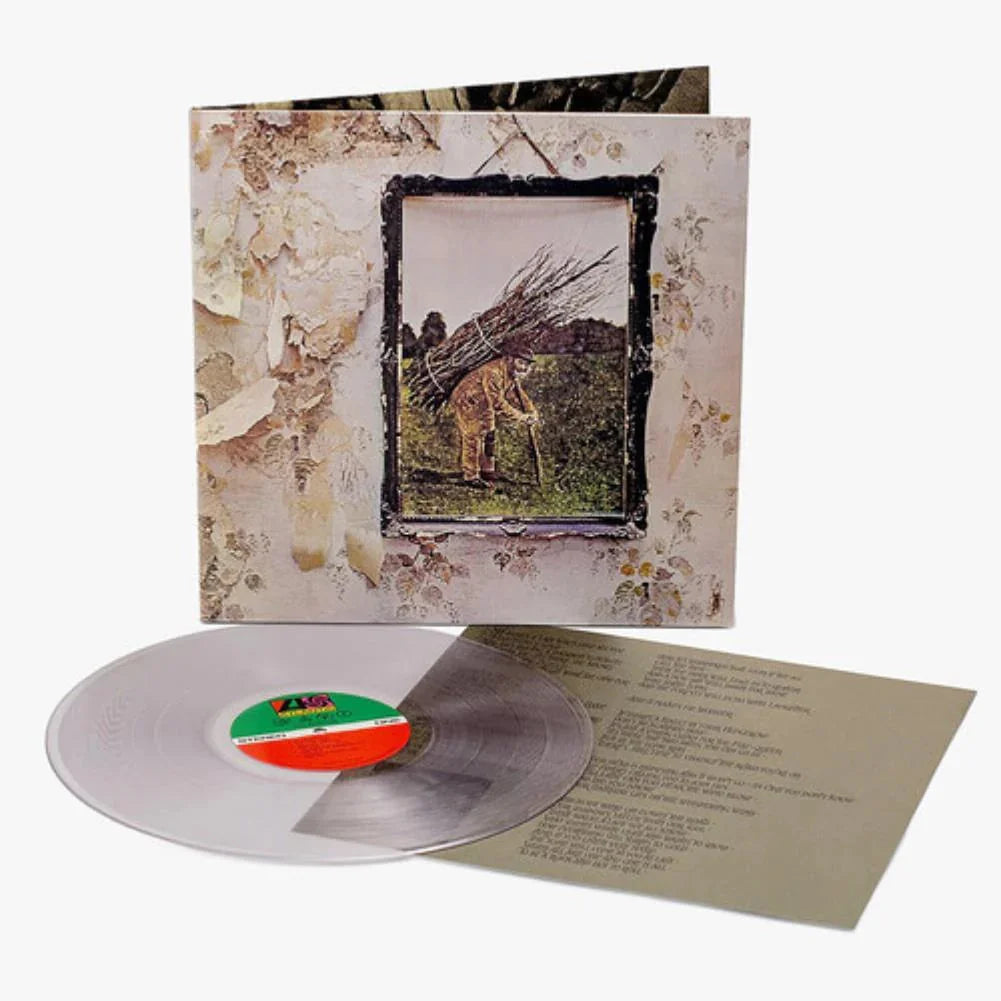
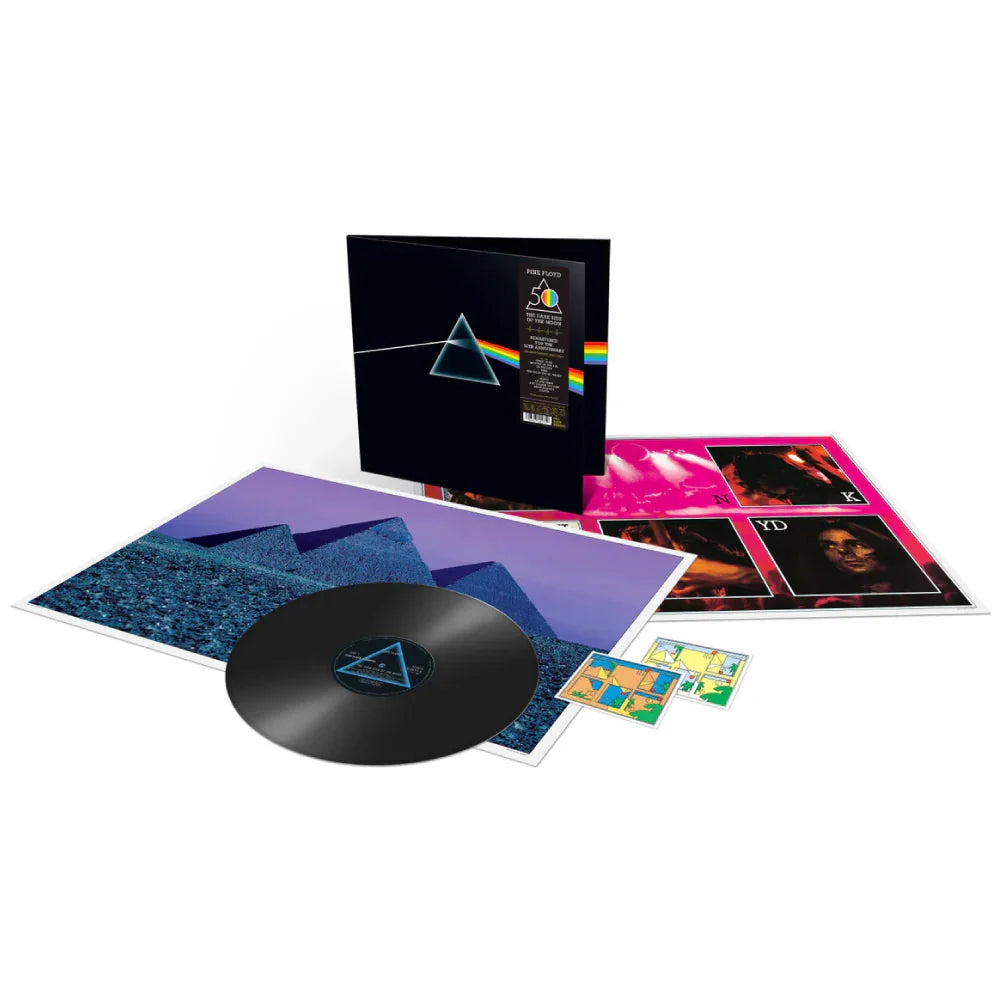
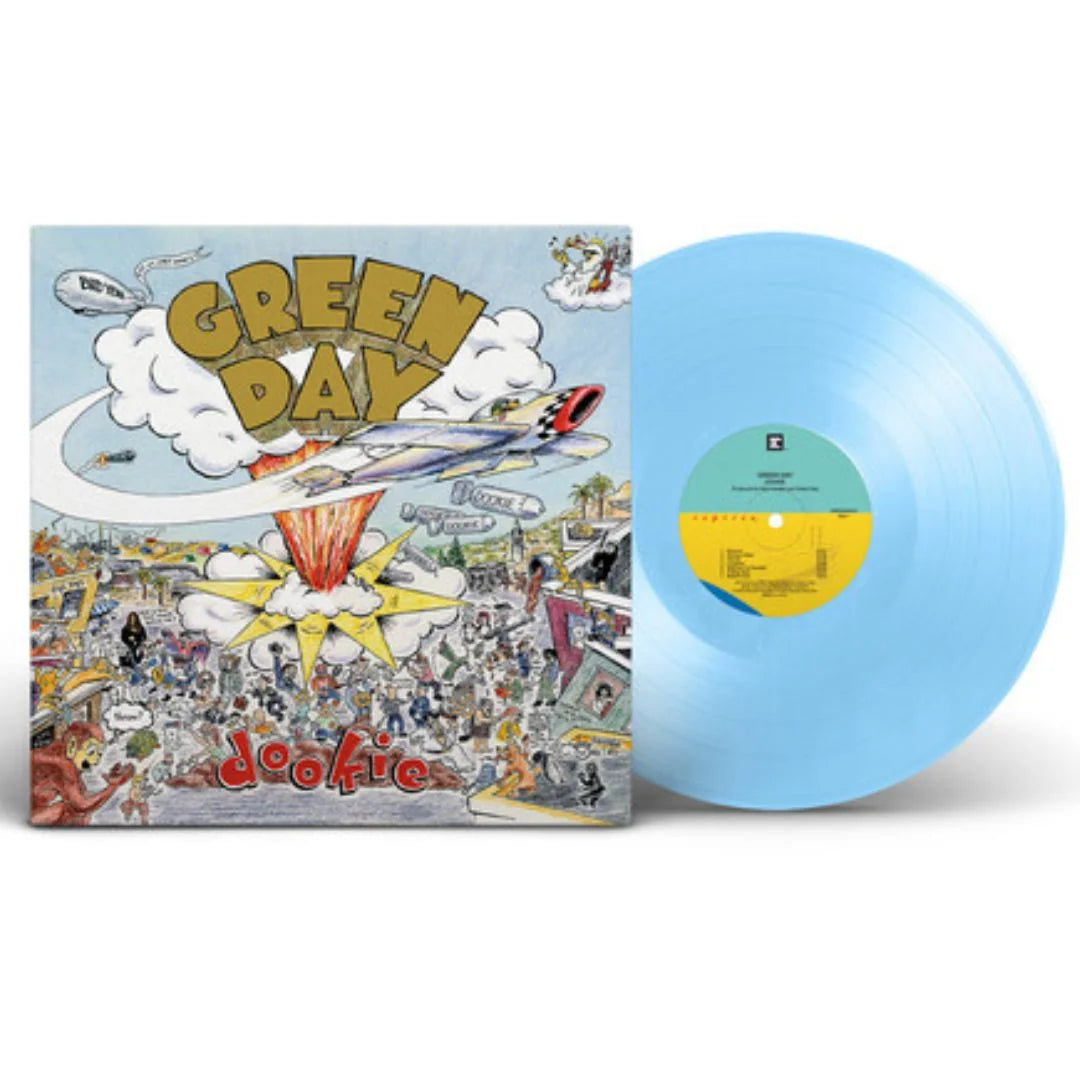
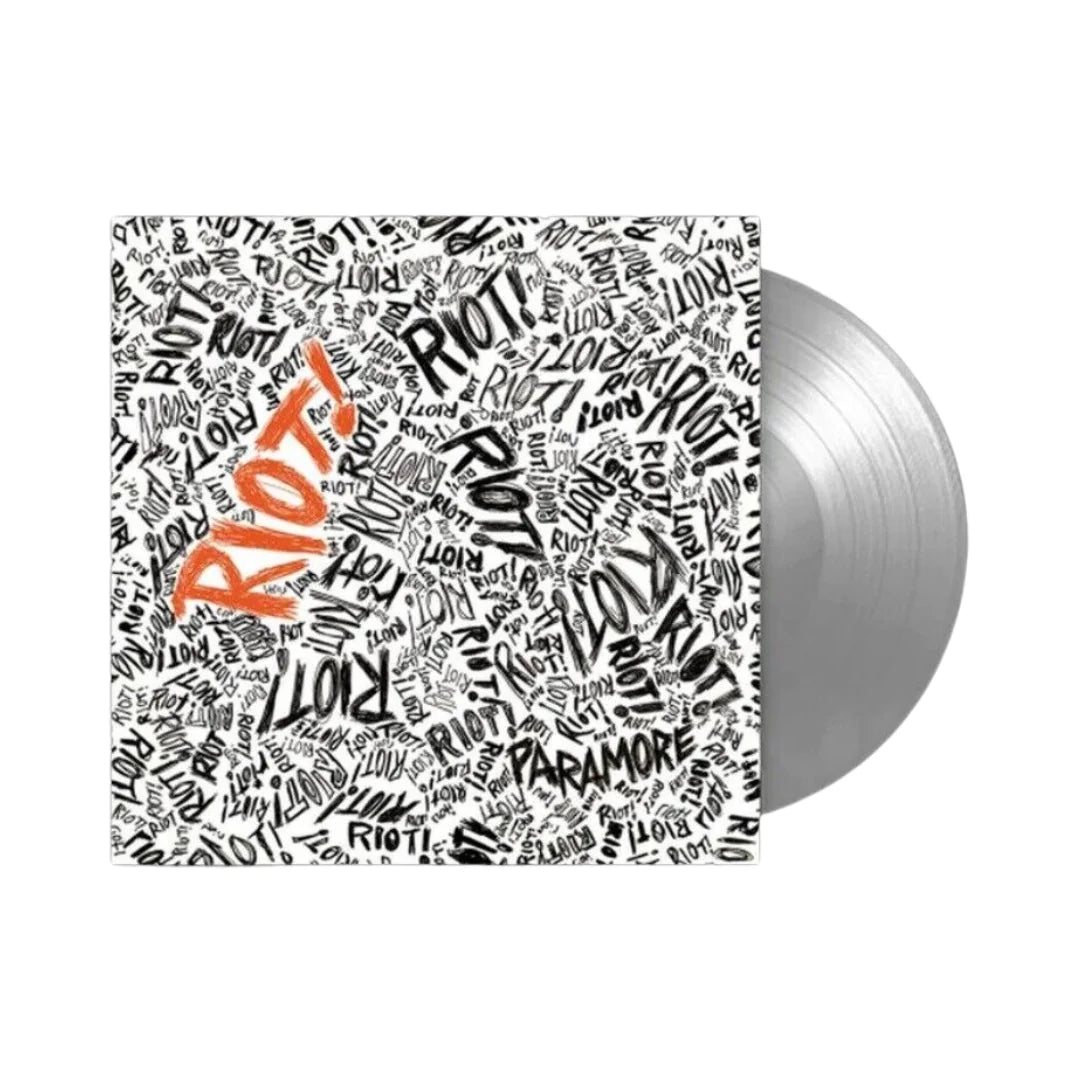
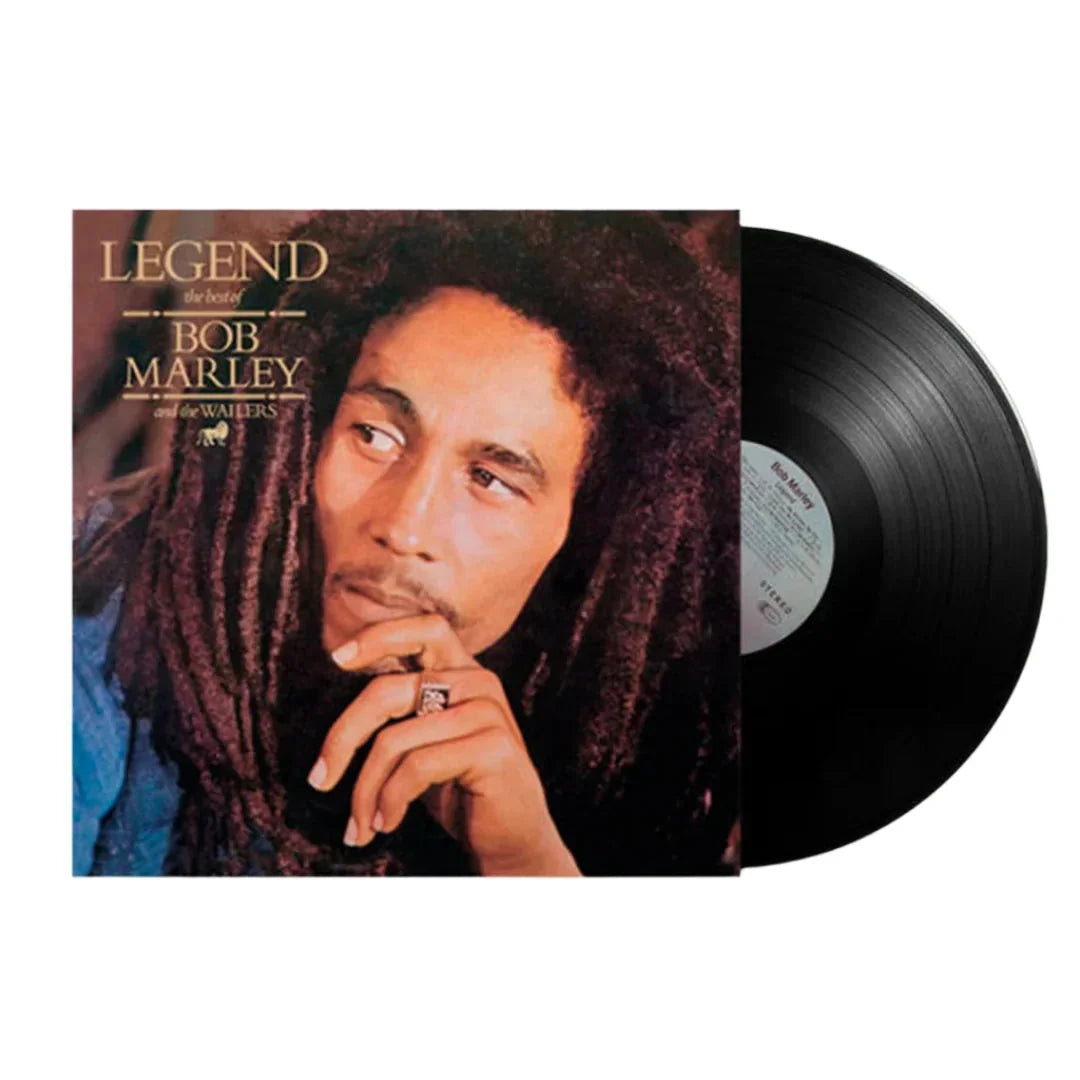
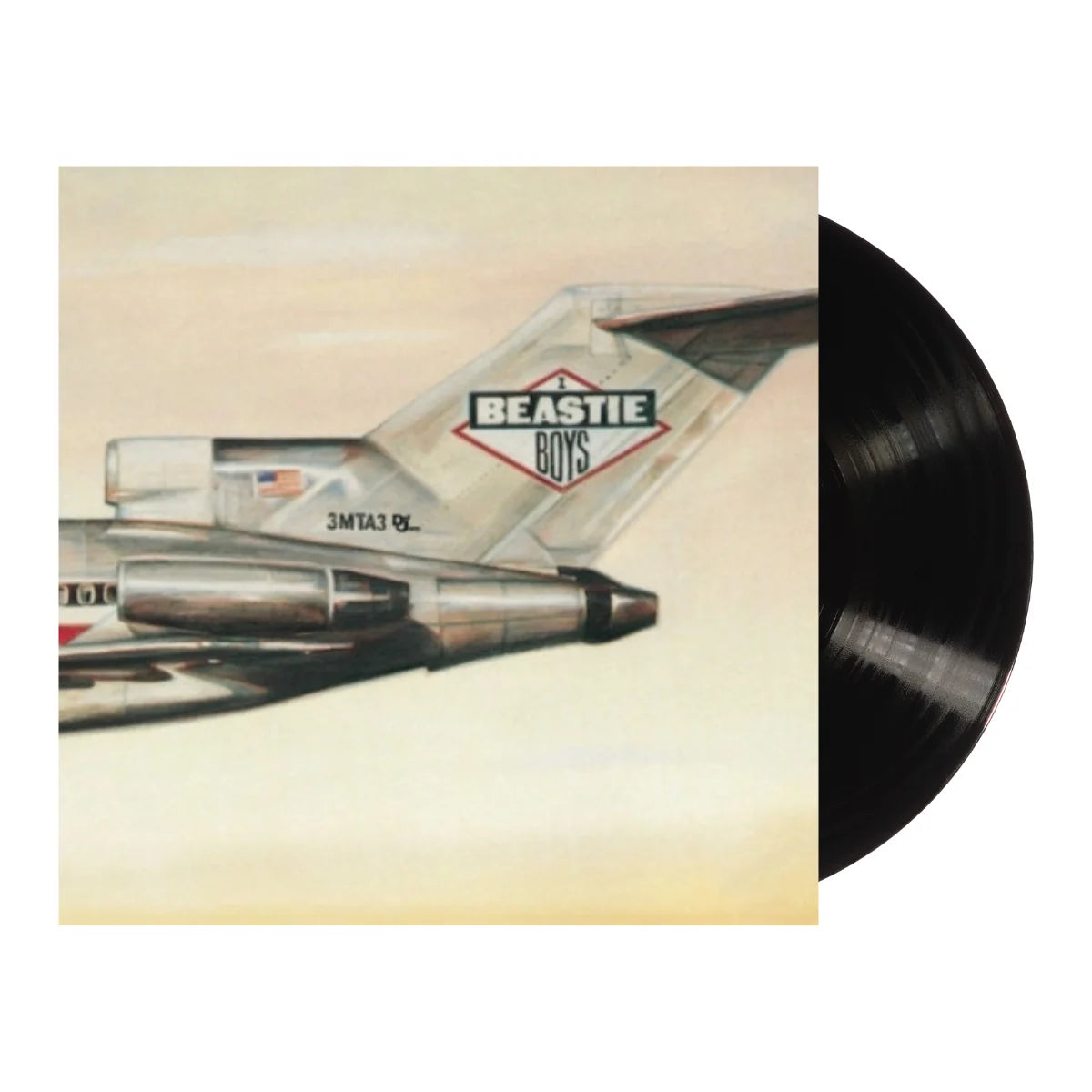

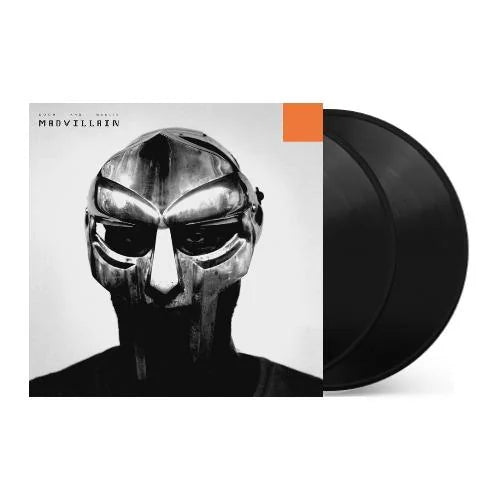
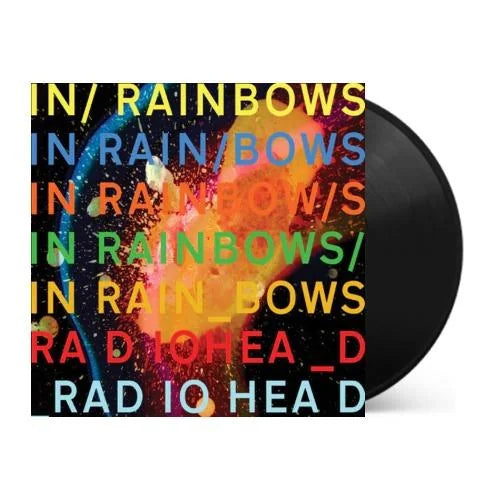
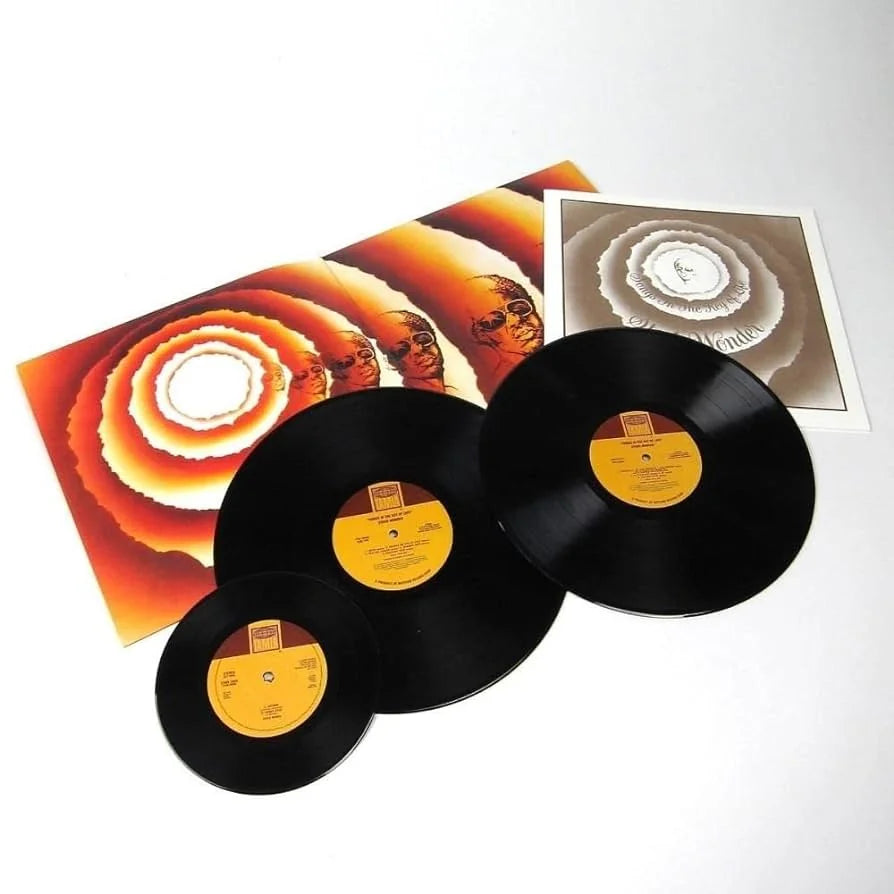
![The Grateful Dead - The Music Never Stopped [6LP Box Set]](http://vinyl.com/cdn/shop/files/The_Grateful_Dead-The_Music_Never_Stopped__6LP_Box_Set.jpg?v=1747729623&width=5760)
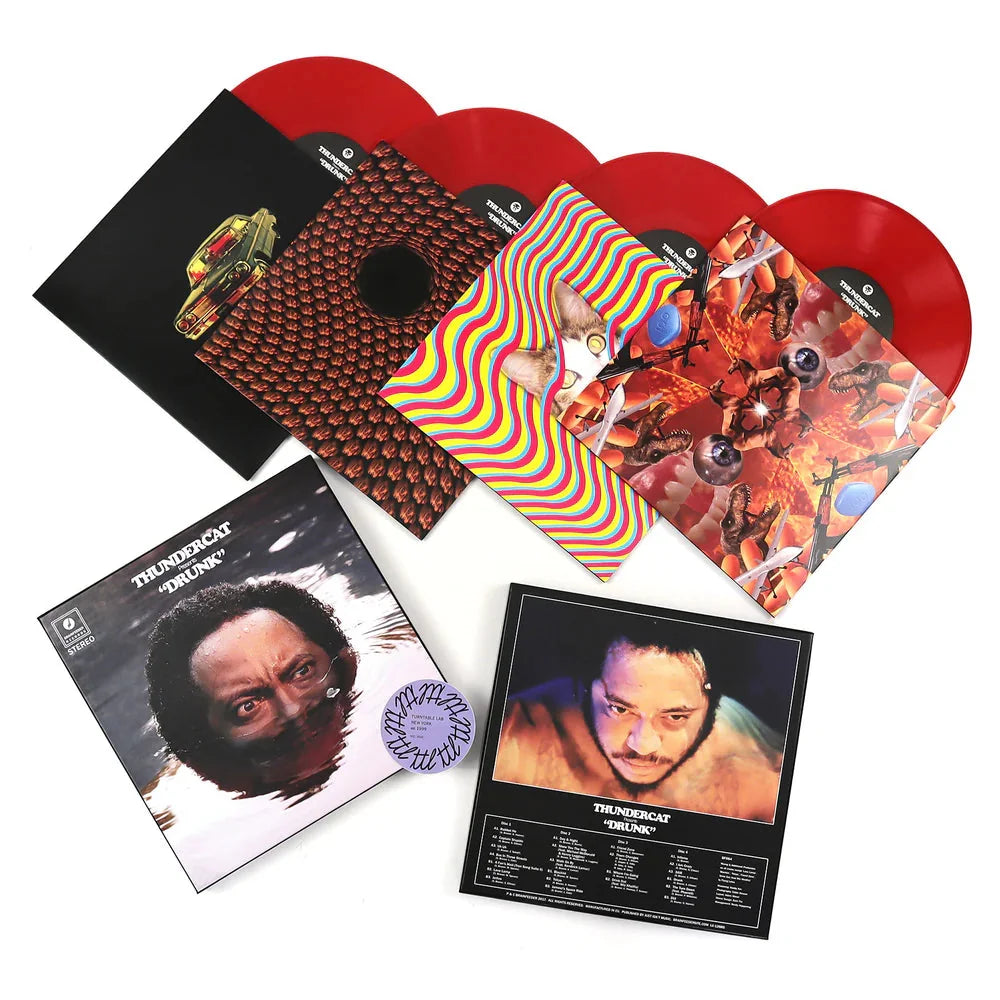
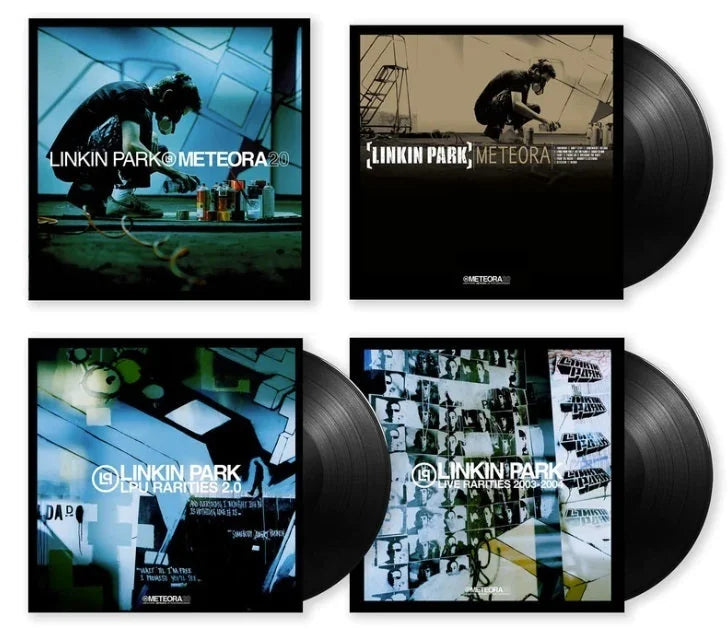

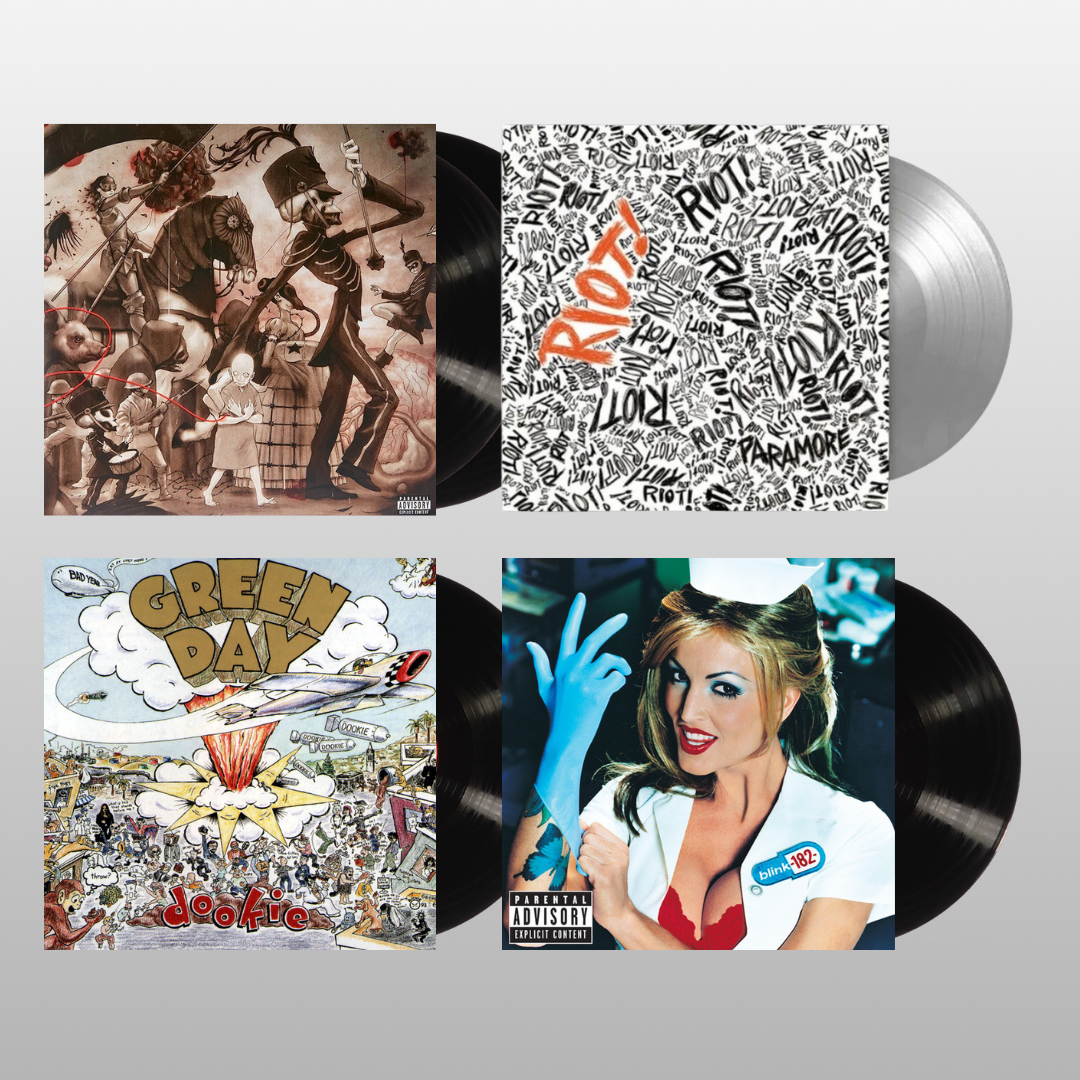
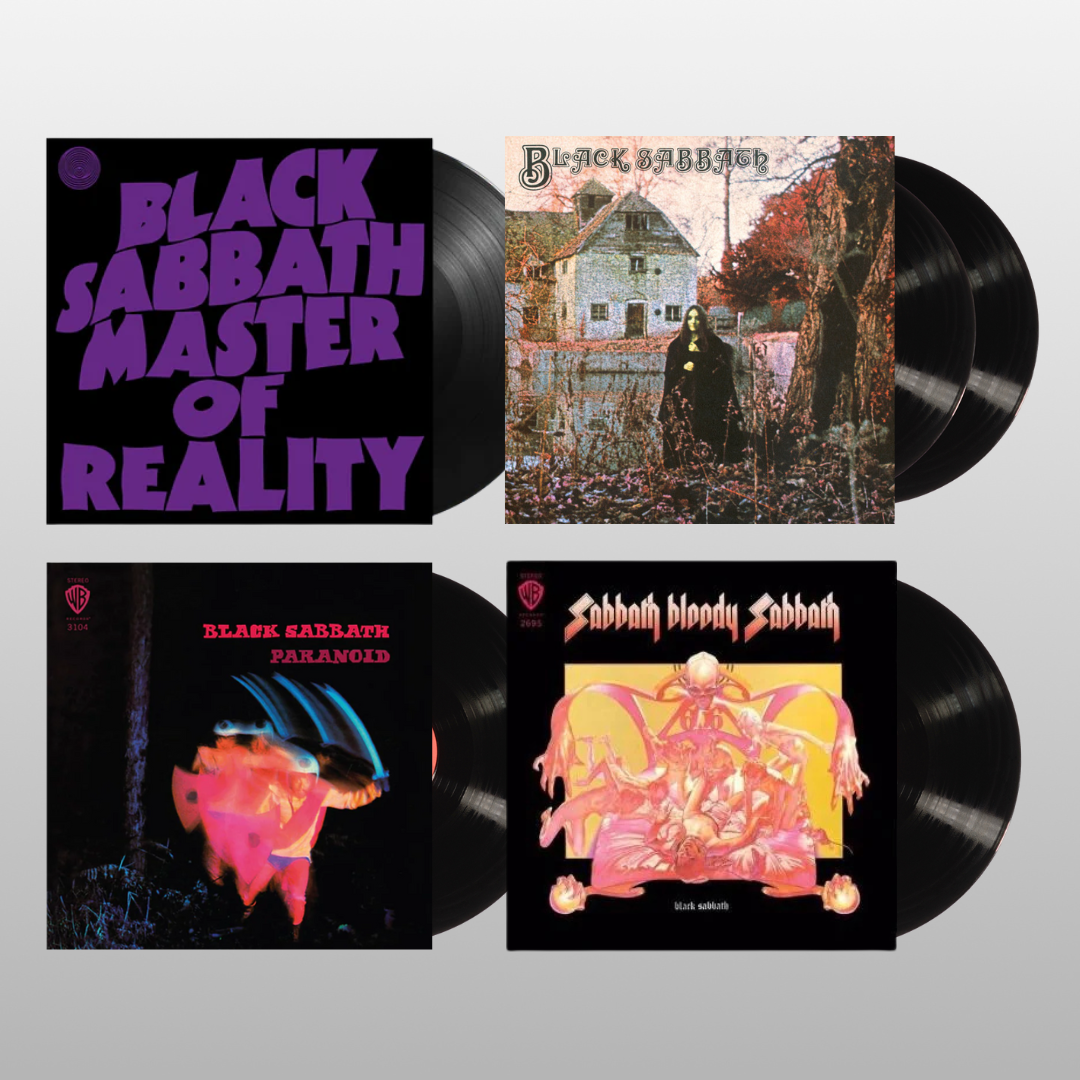
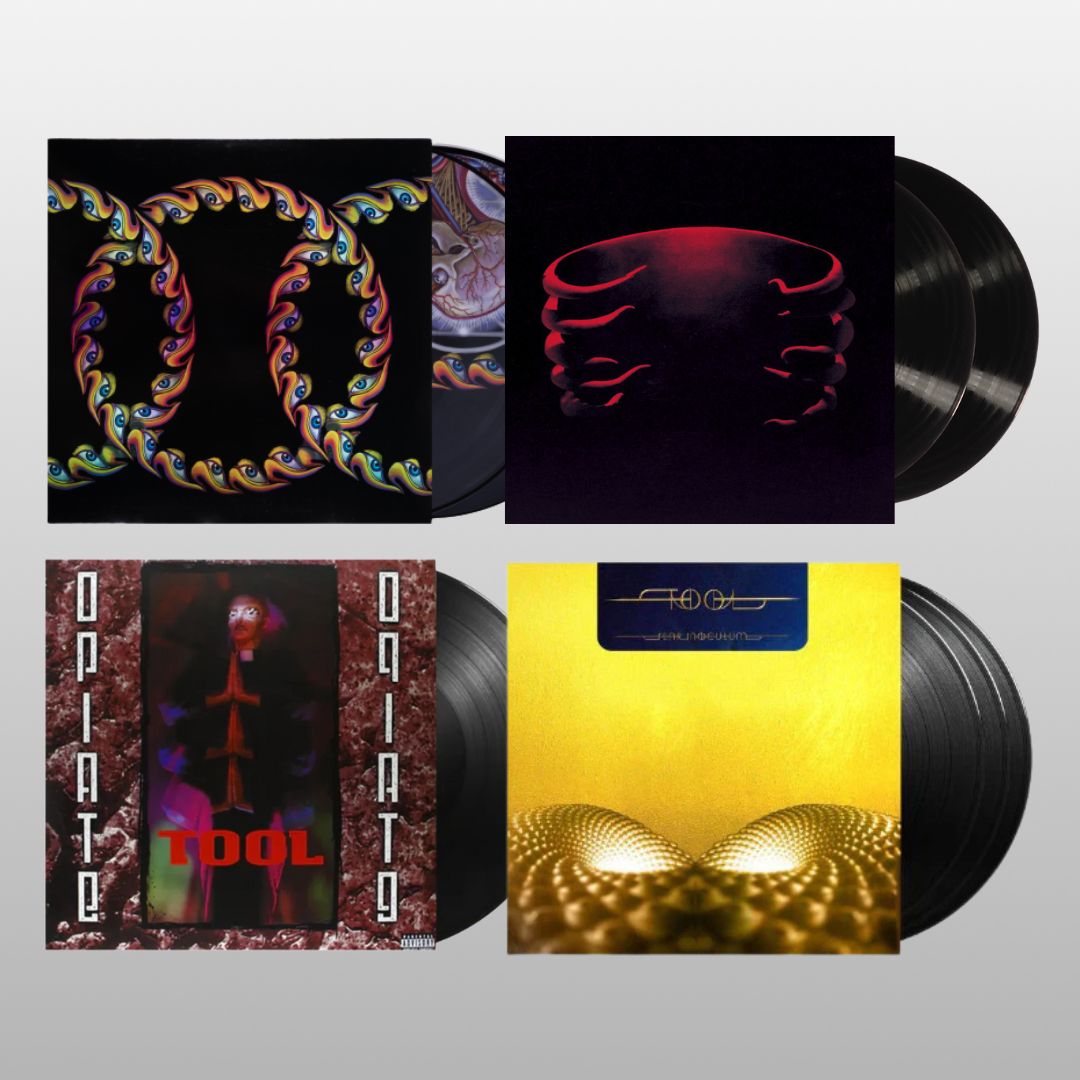
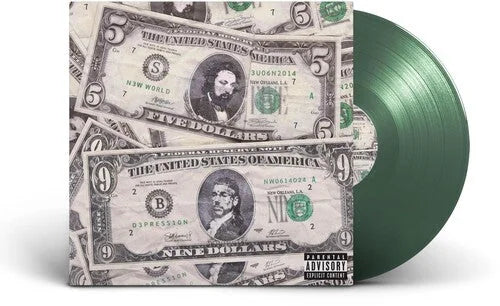
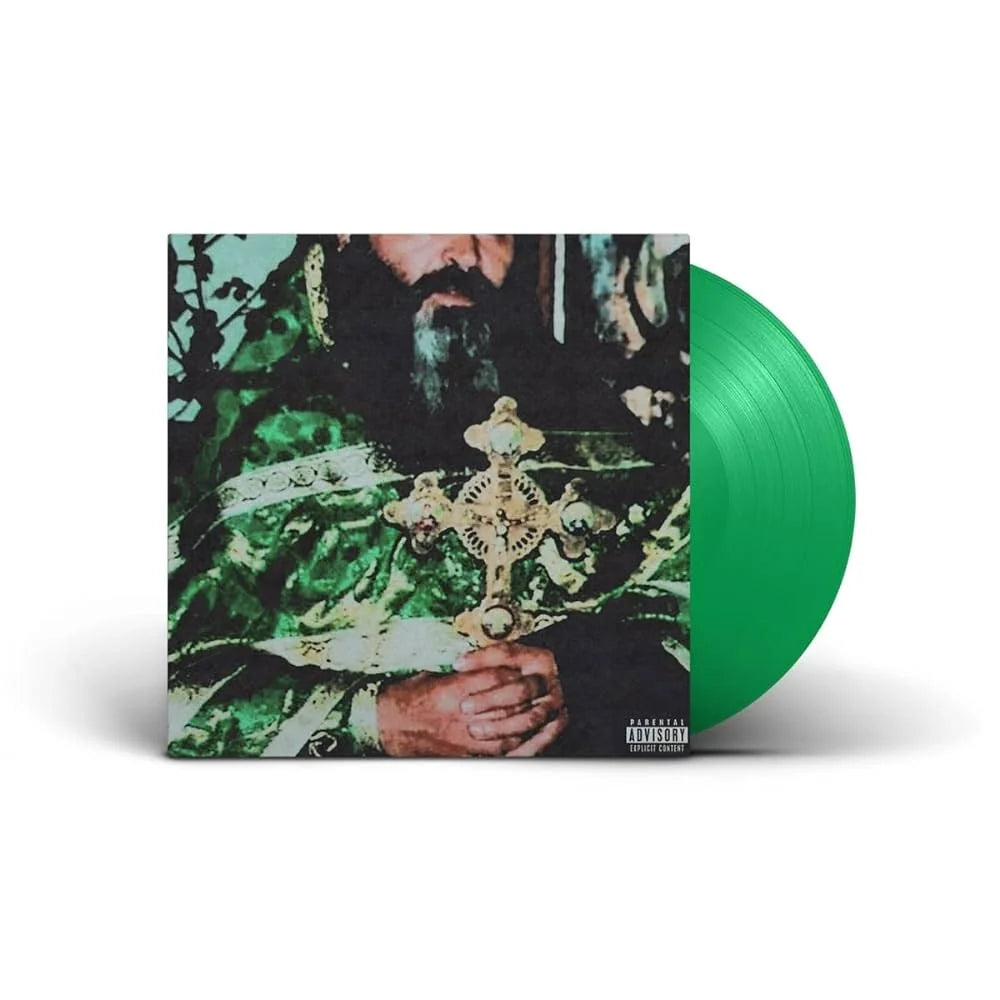
![(hed) p.e. - New And Improved [Pink]](http://vinyl.com/cdn/shop/files/4425252-3389420.jpg?v=1746578880&width=5760)
![1 Locate S - Wicked Jaw [Sky Blue]](http://vinyl.com/cdn/shop/files/4217742-2982879.jpg?v=1693273095&width=5760)

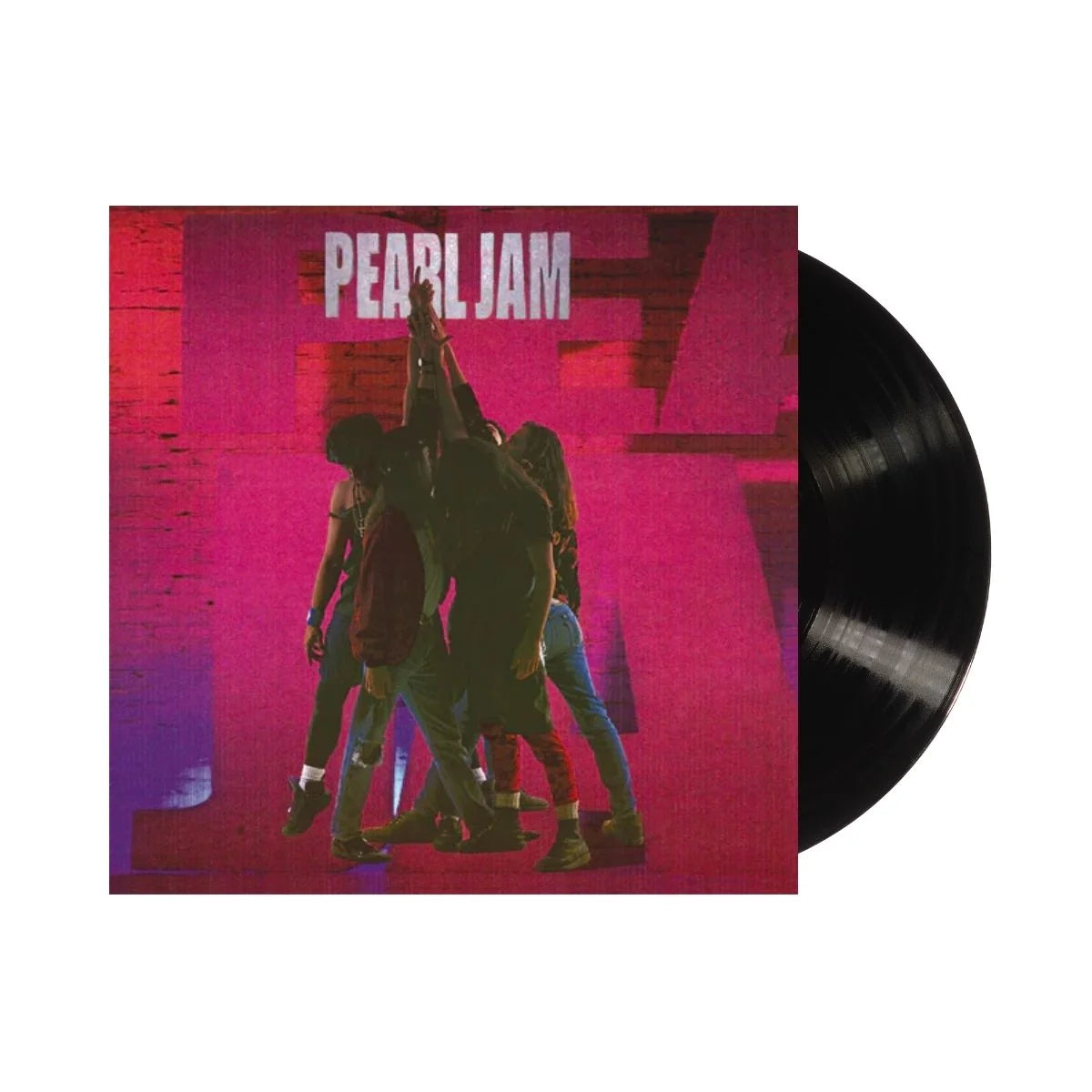

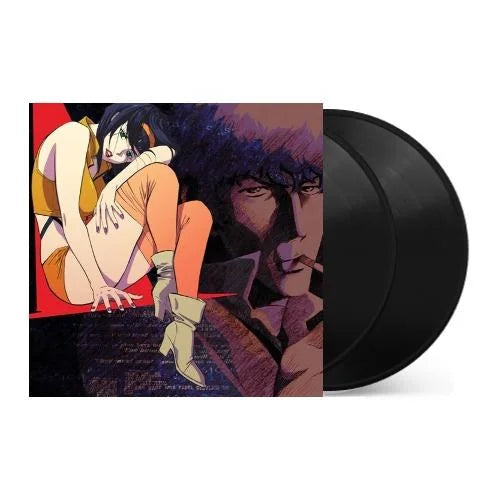
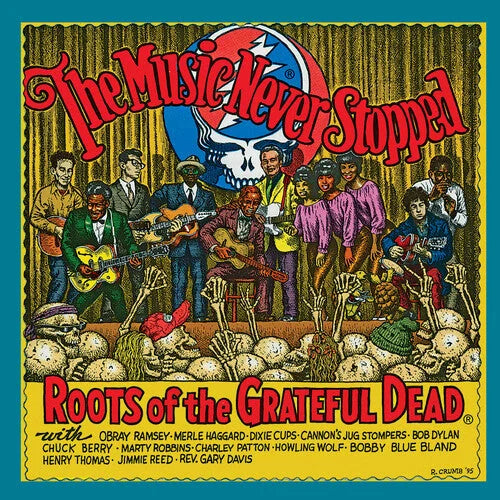

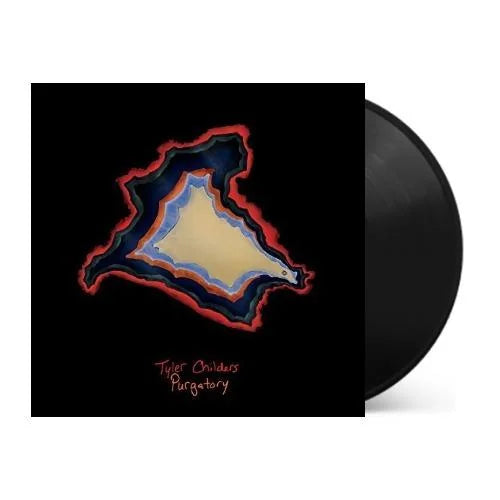
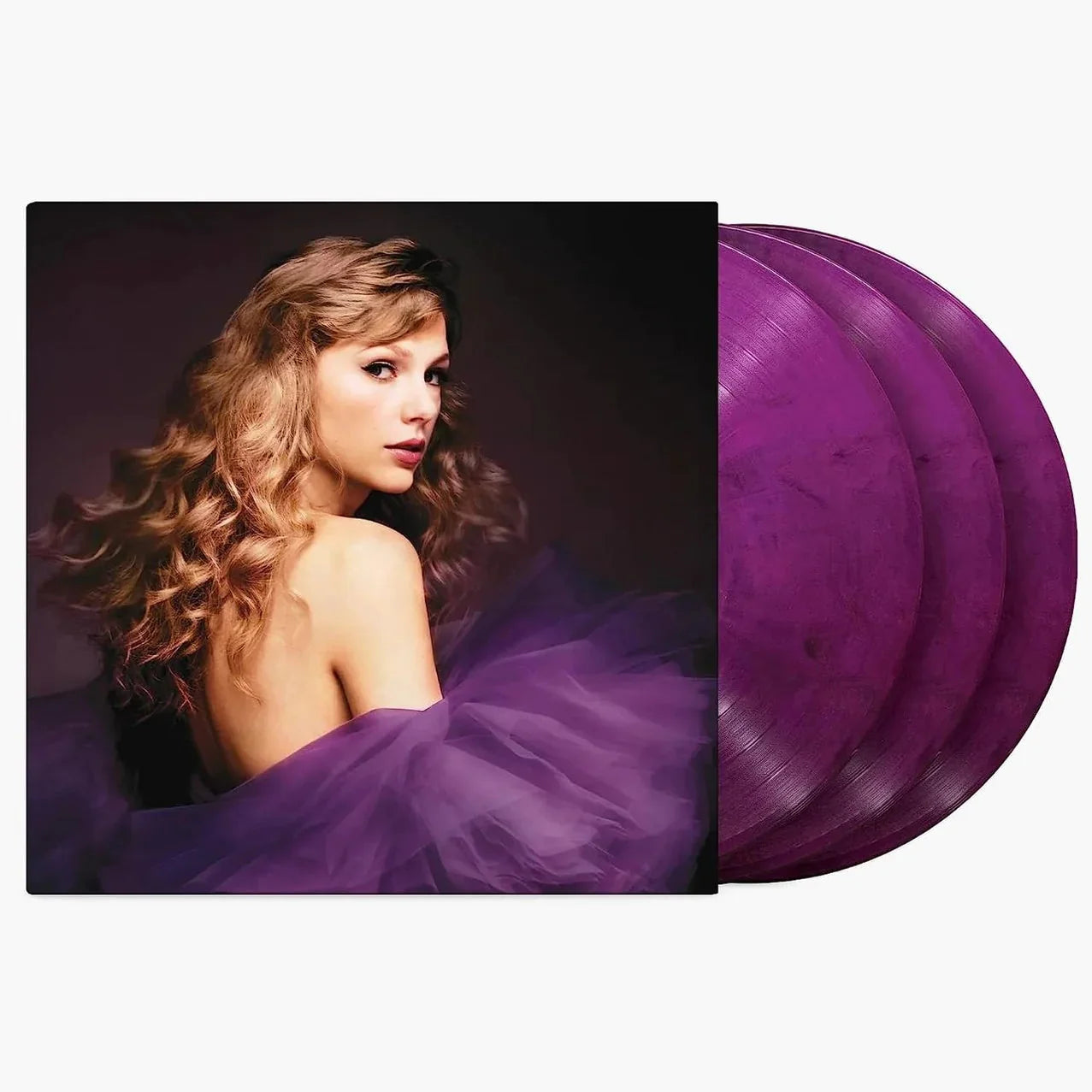
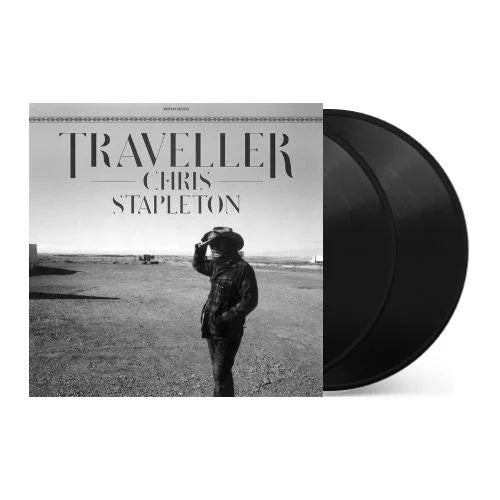
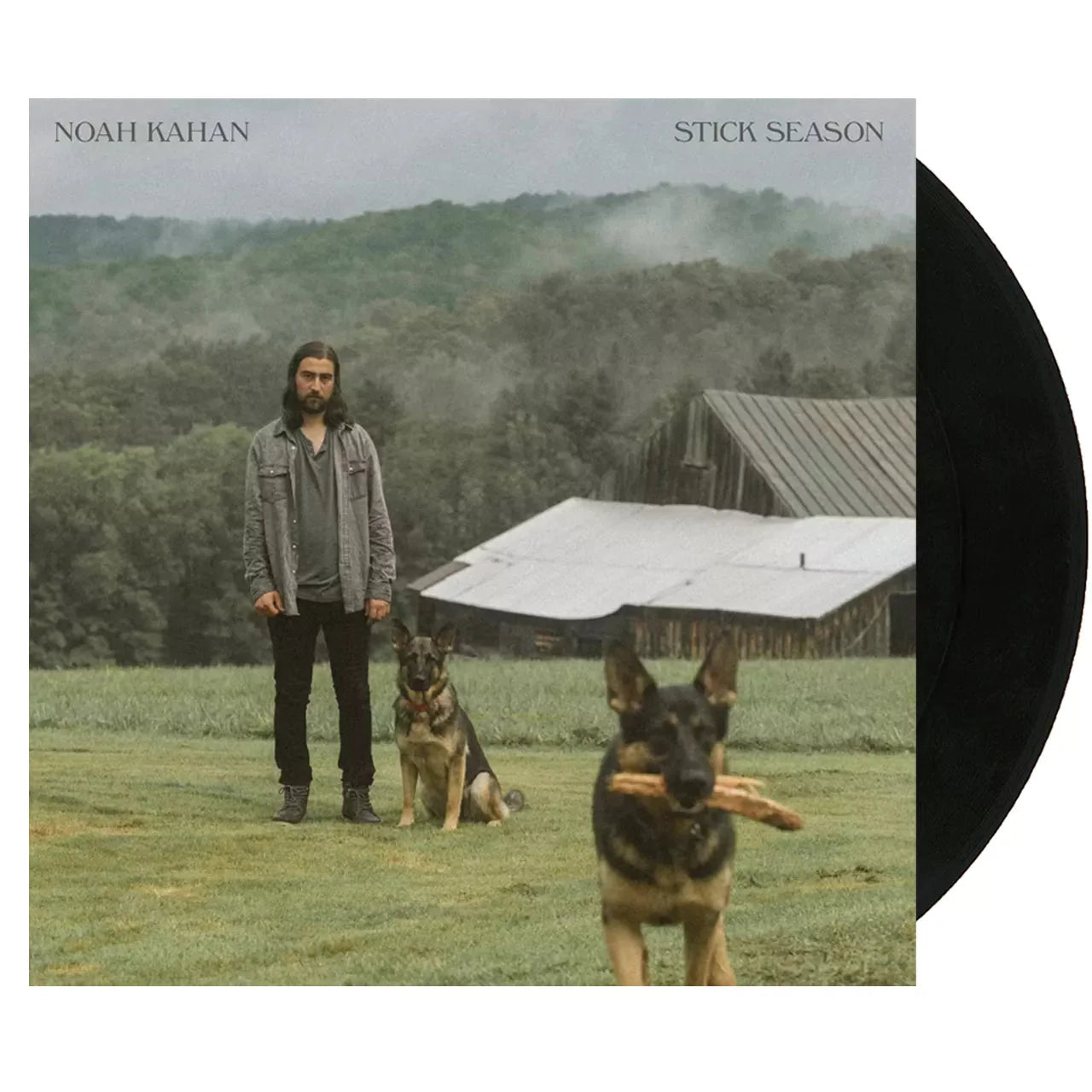
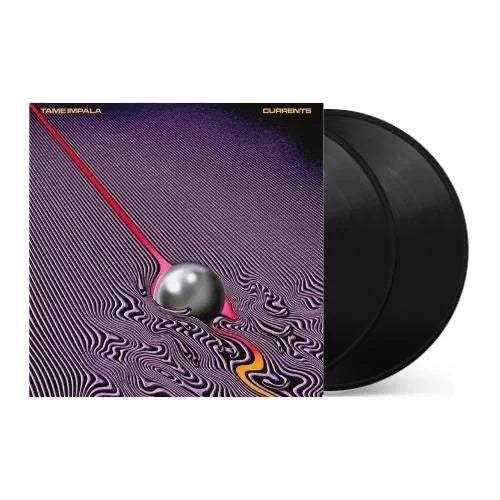
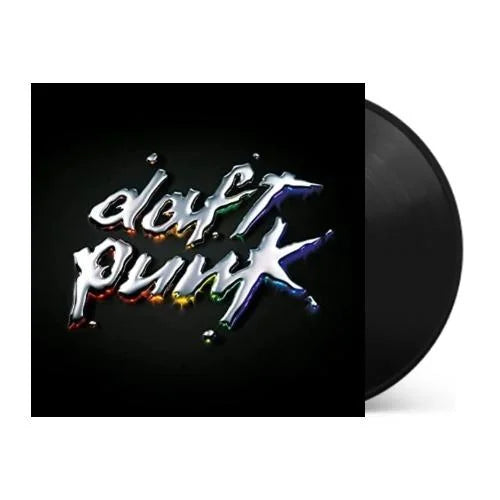
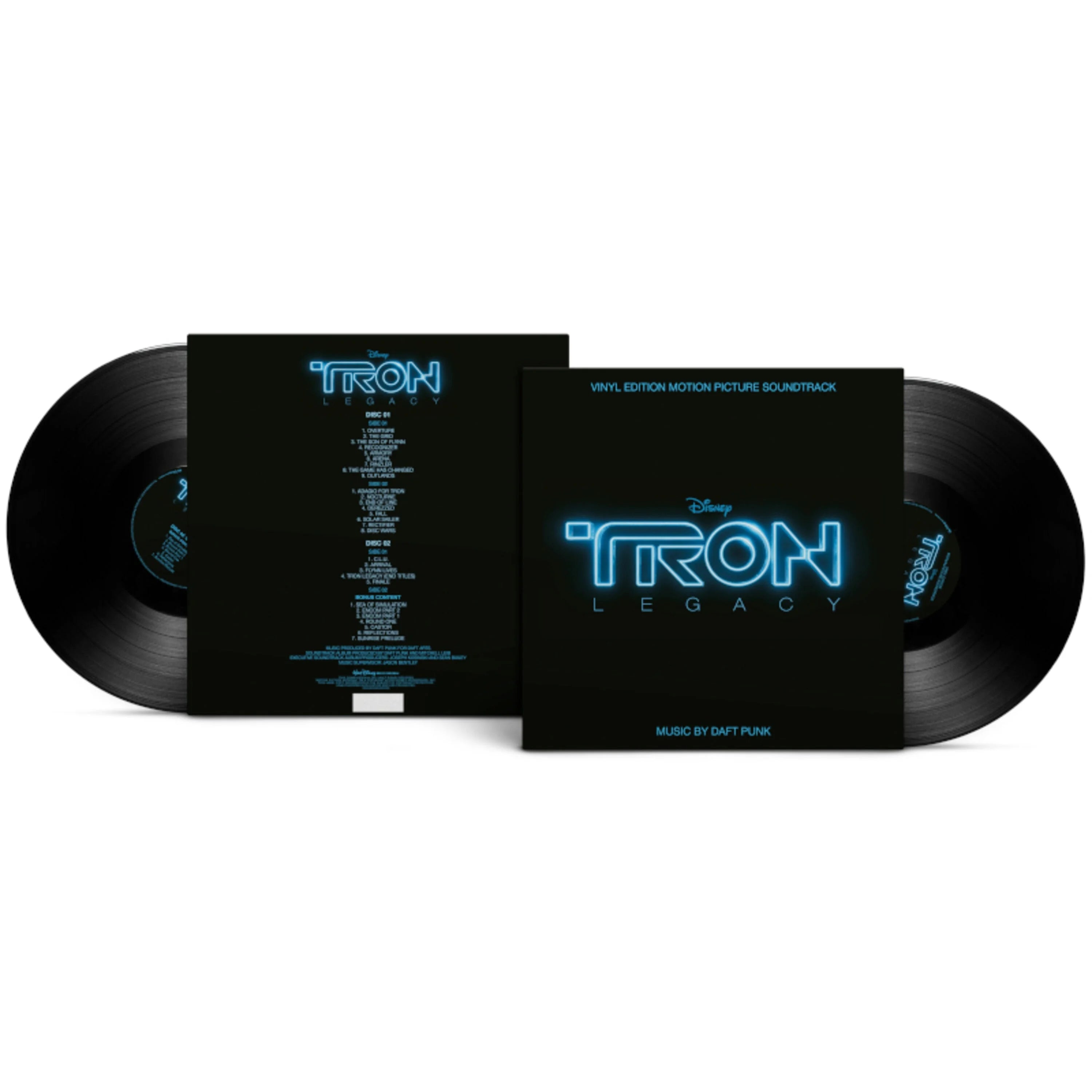
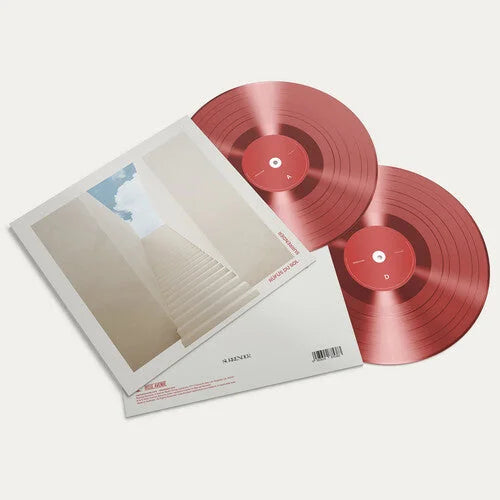
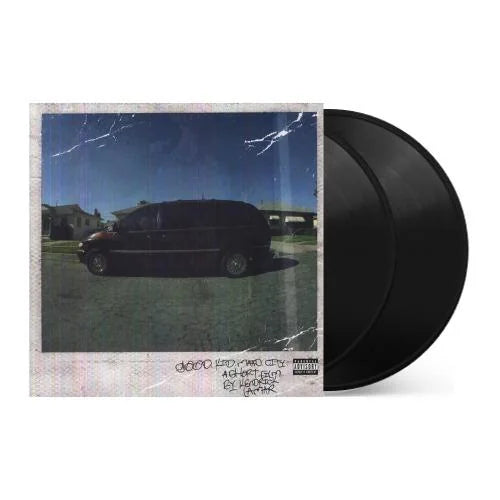
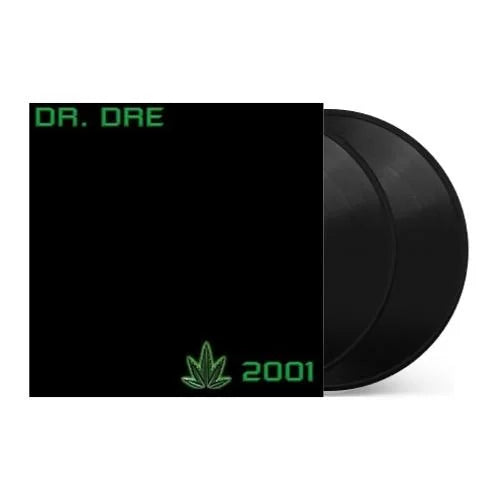
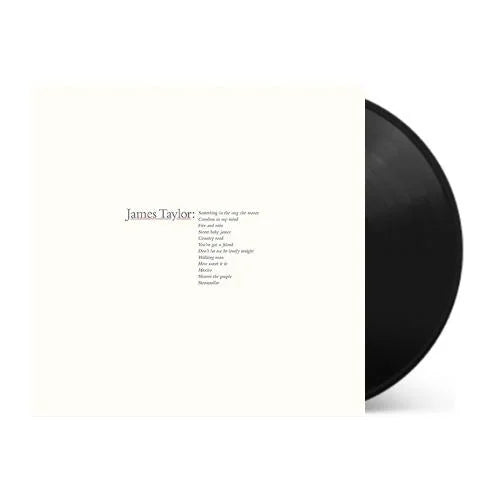

![Herb Alpert - Whipped Cream & Other Delights (60th Anniversary) [Picture Disc]](http://vinyl.com/cdn/shop/files/4411059-3378272.jpg?v=1746579213&width=5760)
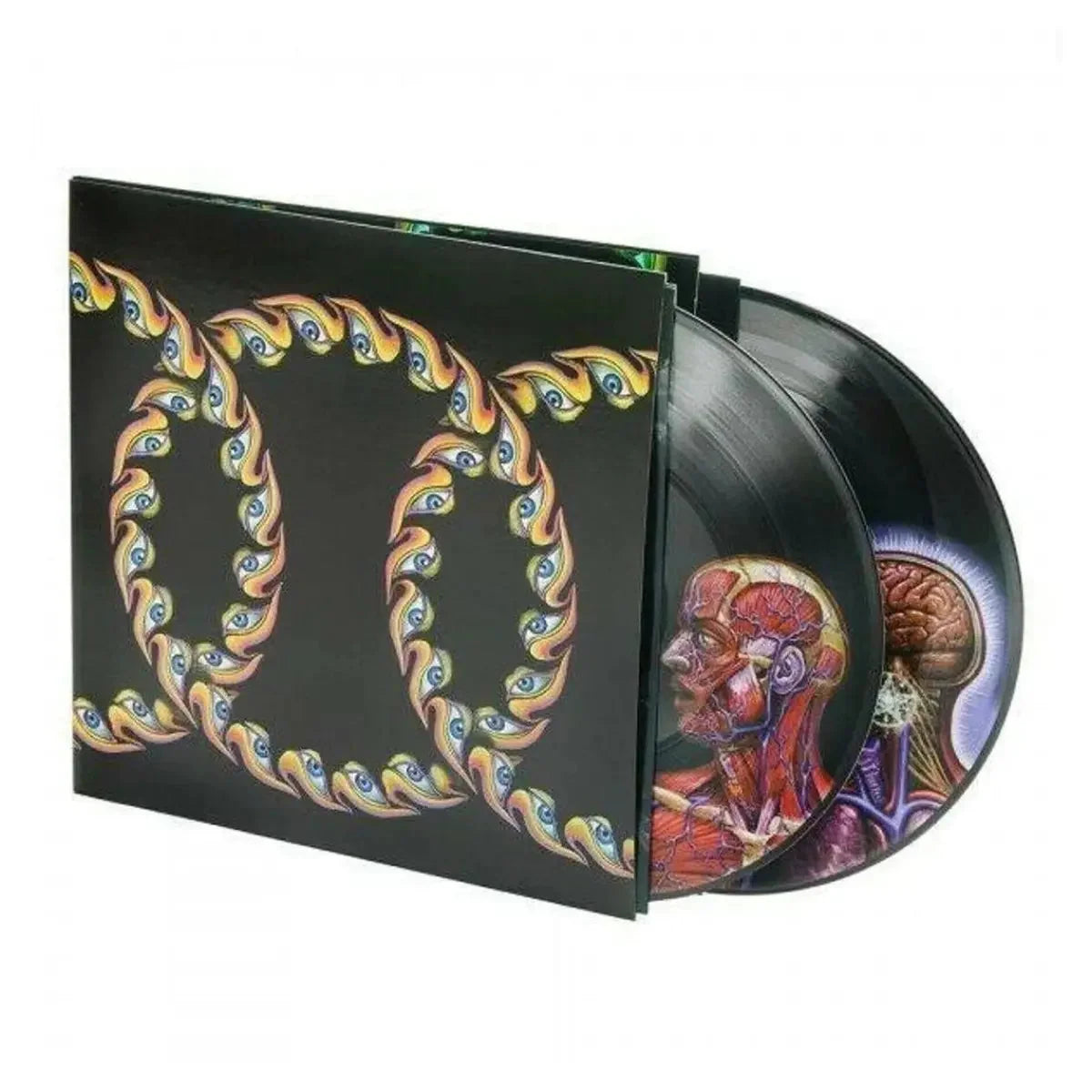
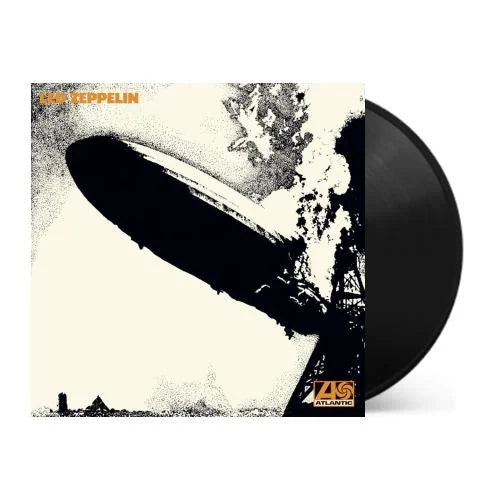
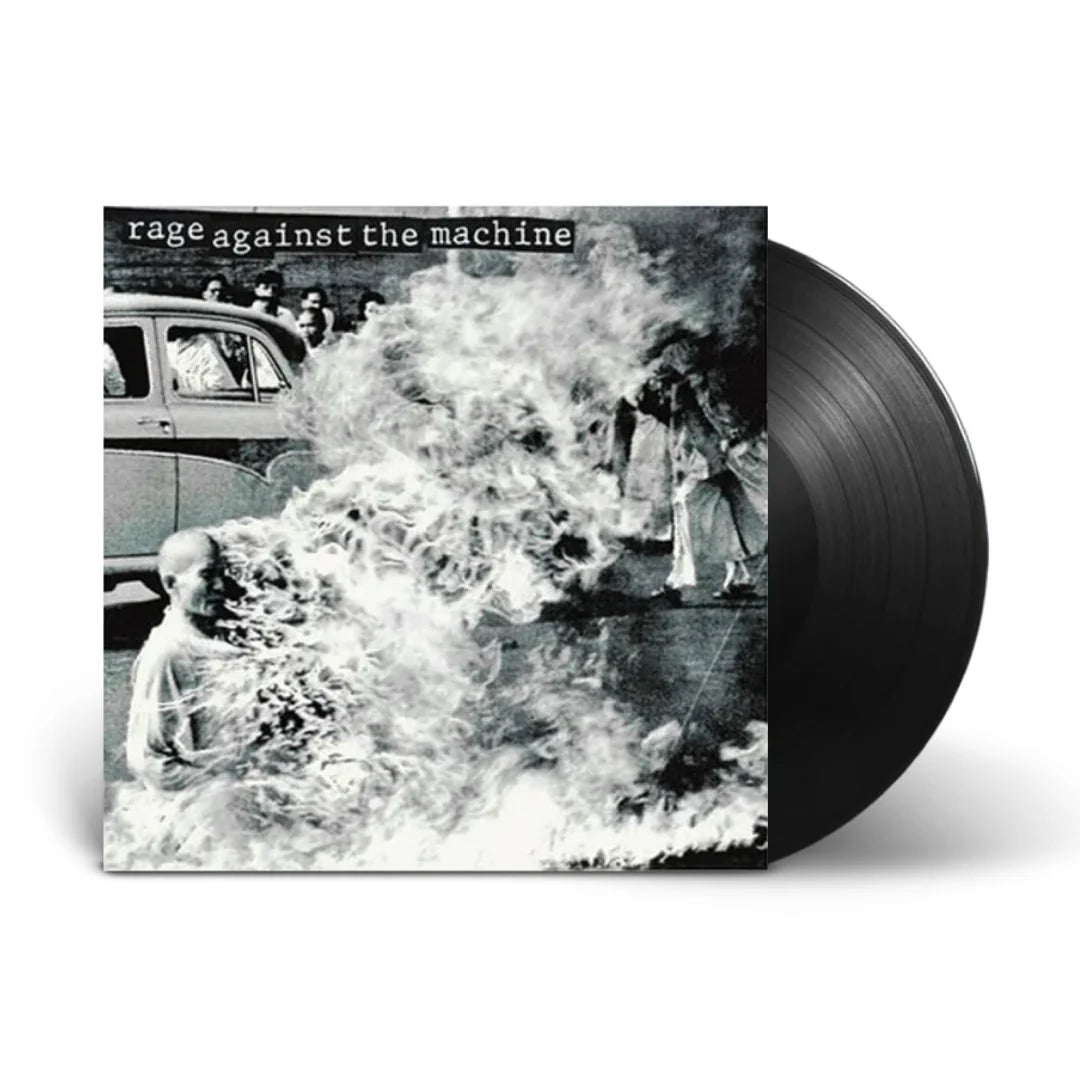
![Taylor Swift - 1989 (Taylor's Version) [2LP Crystal Skies Blue]](http://vinyl.com/cdn/shop/files/taylor_swift_1989_taylors_version.jpg?v=1734389117&width=5760)
![Taylor Swift - folklore [2LP Beige]](http://vinyl.com/cdn/shop/files/477929-Product-0-I-637317959467683009_grande_a6f82db0-1cb7-45c5-8892-ed79af261e80.webp?v=1736750683&width=5760)
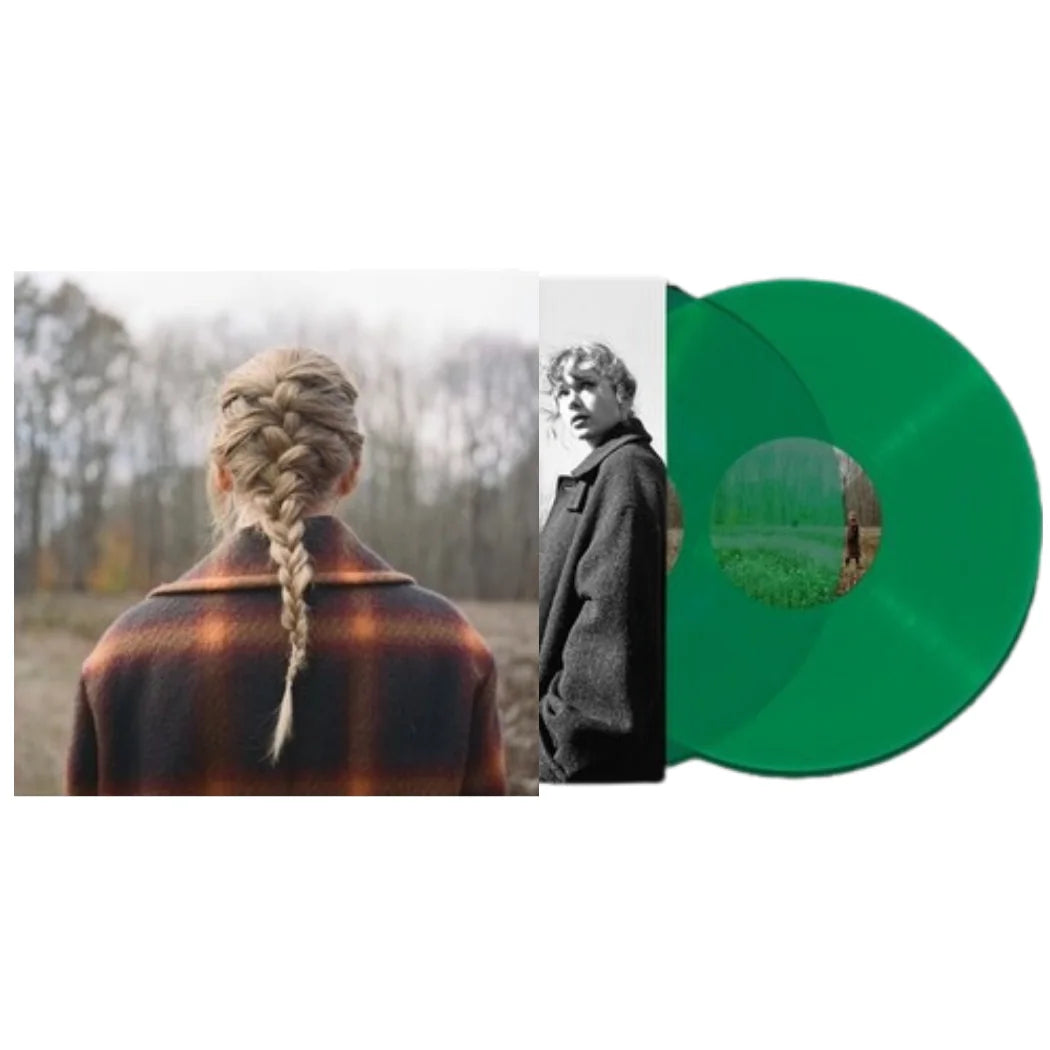
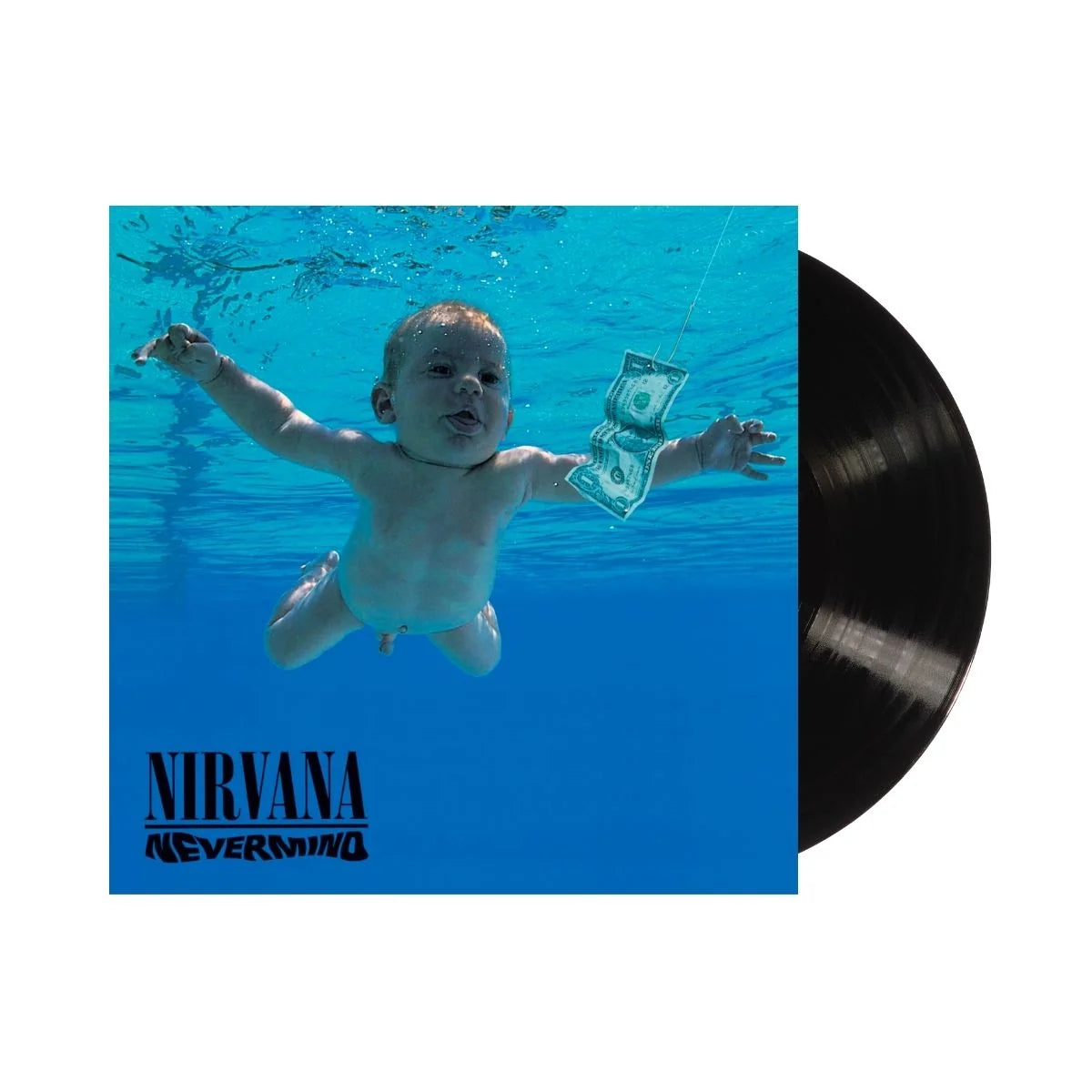
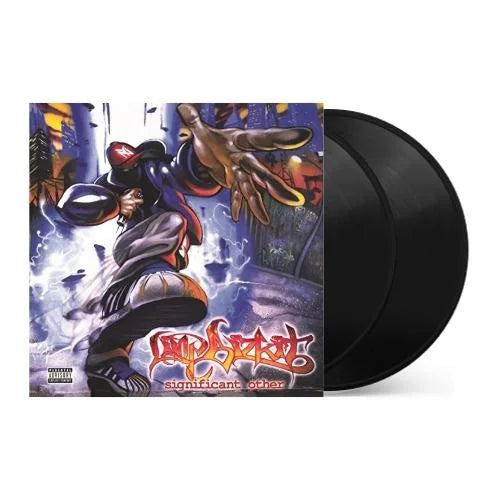


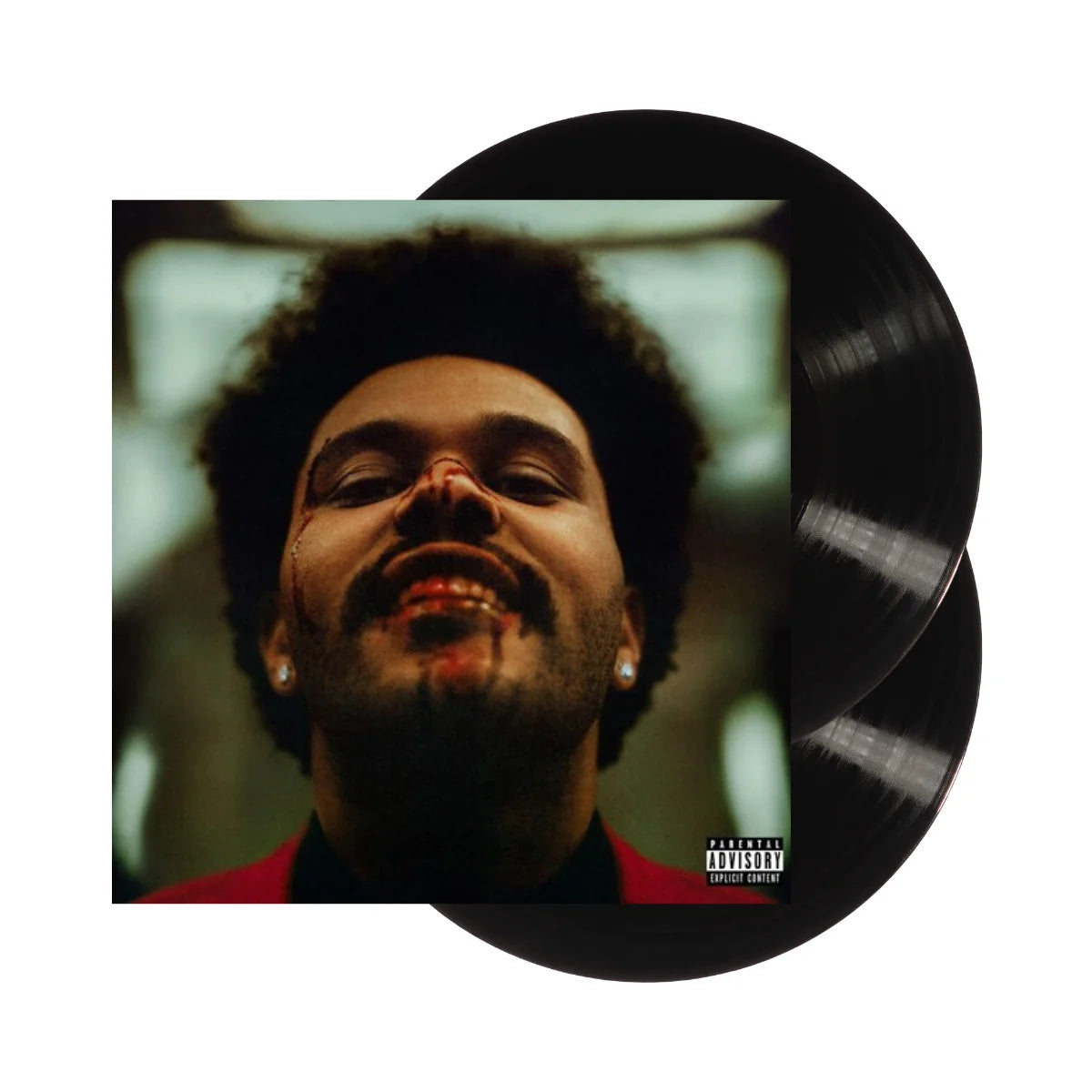
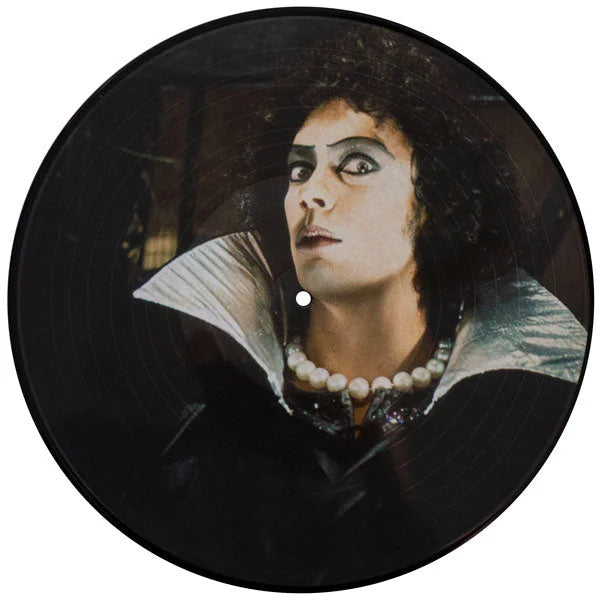
![Transformers: The Movie (Original Soundtrack) [Unicron Marbled 180-Gram]](http://vinyl.com/cdn/shop/files/4417308-3378319.jpg?v=1745982250&width=5760)





